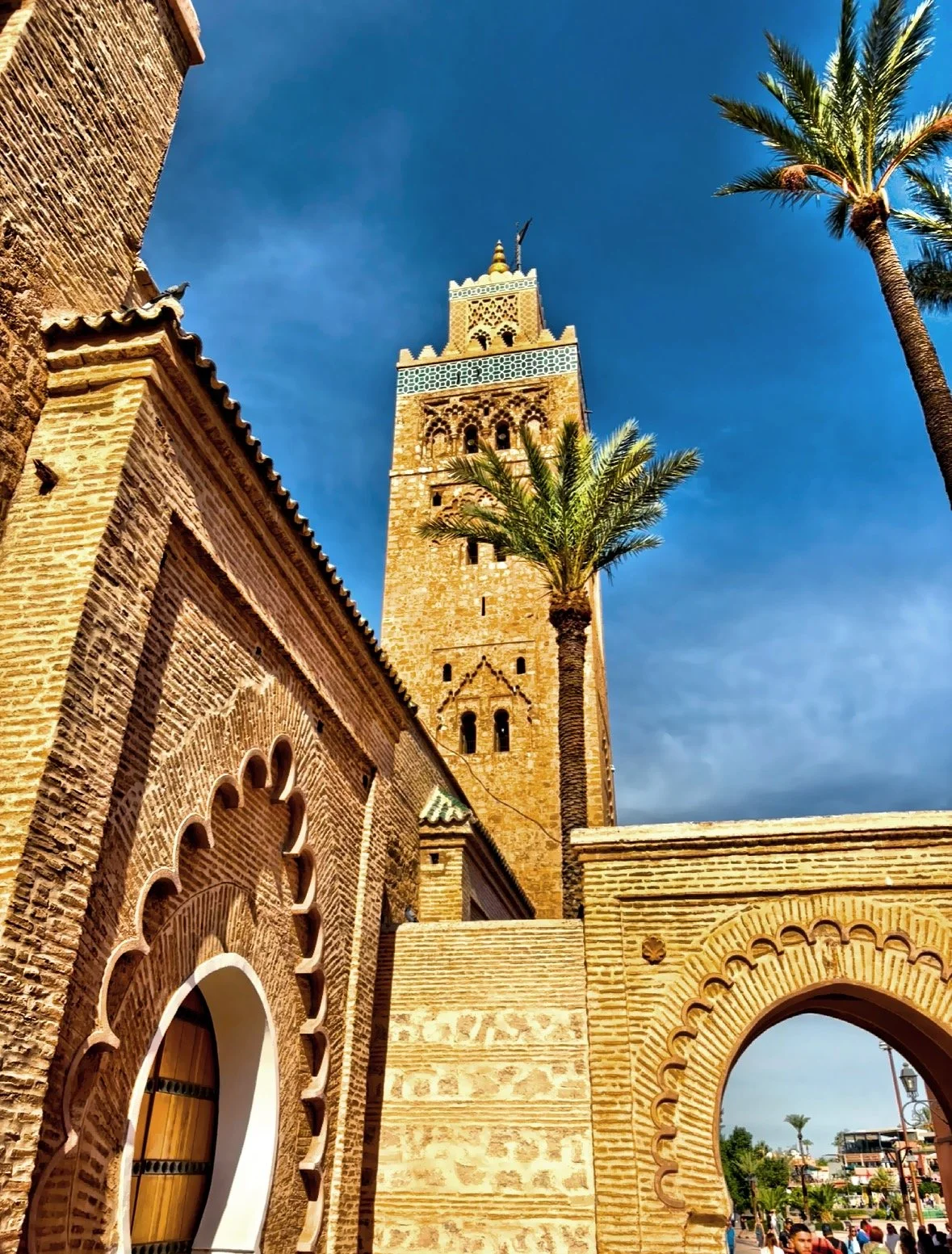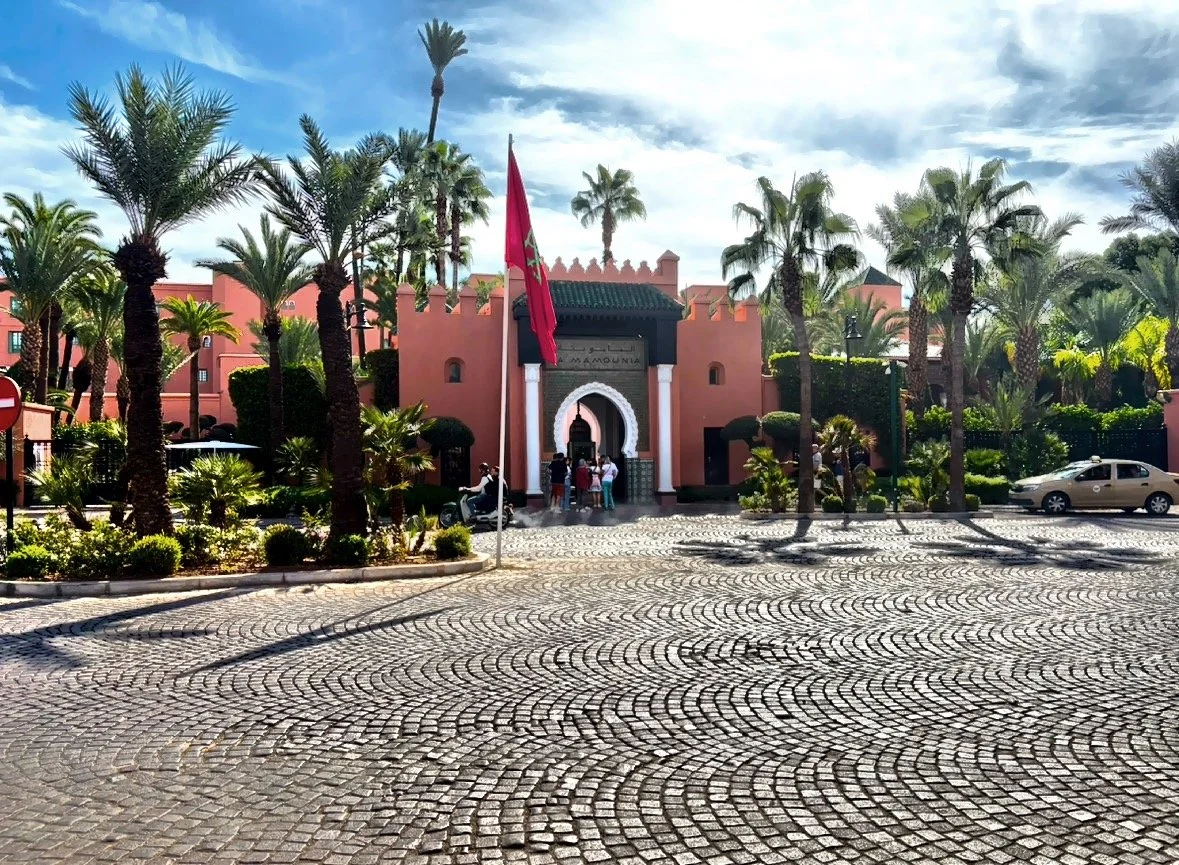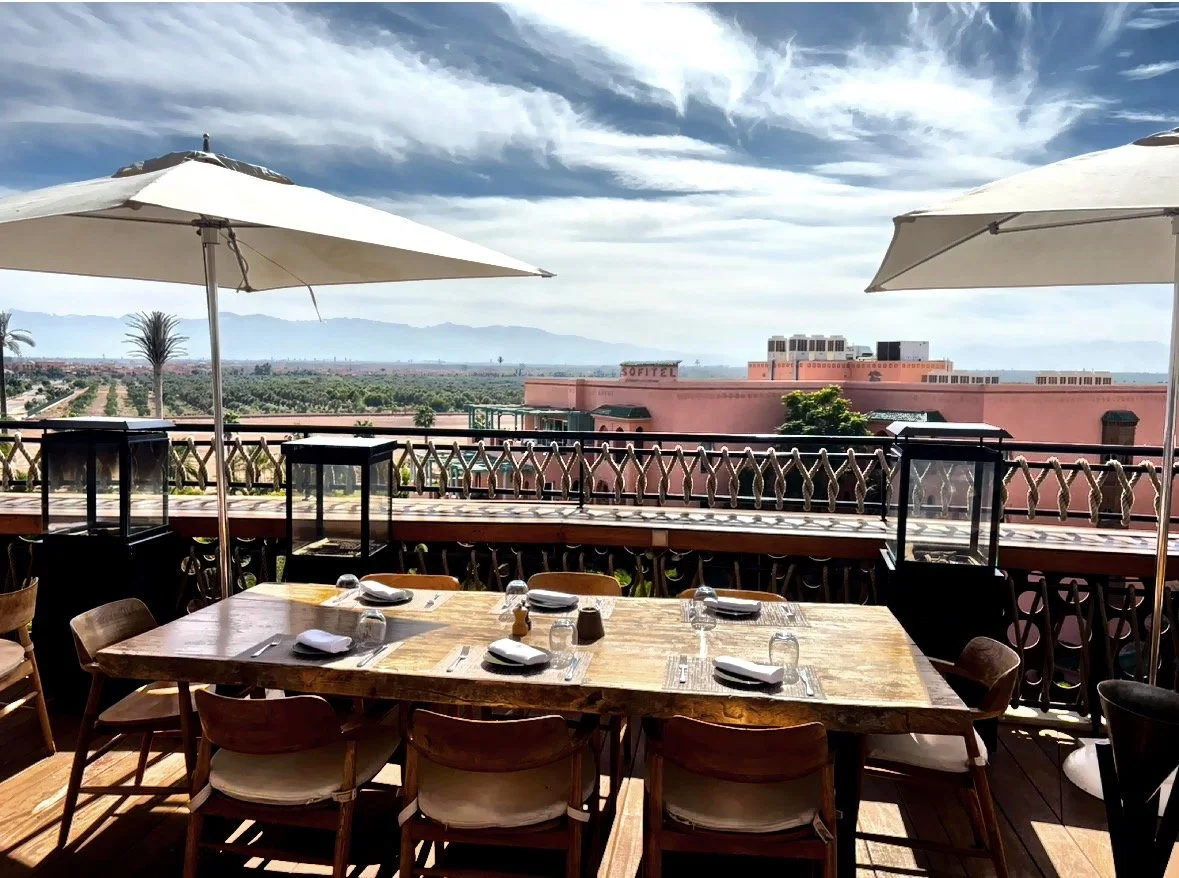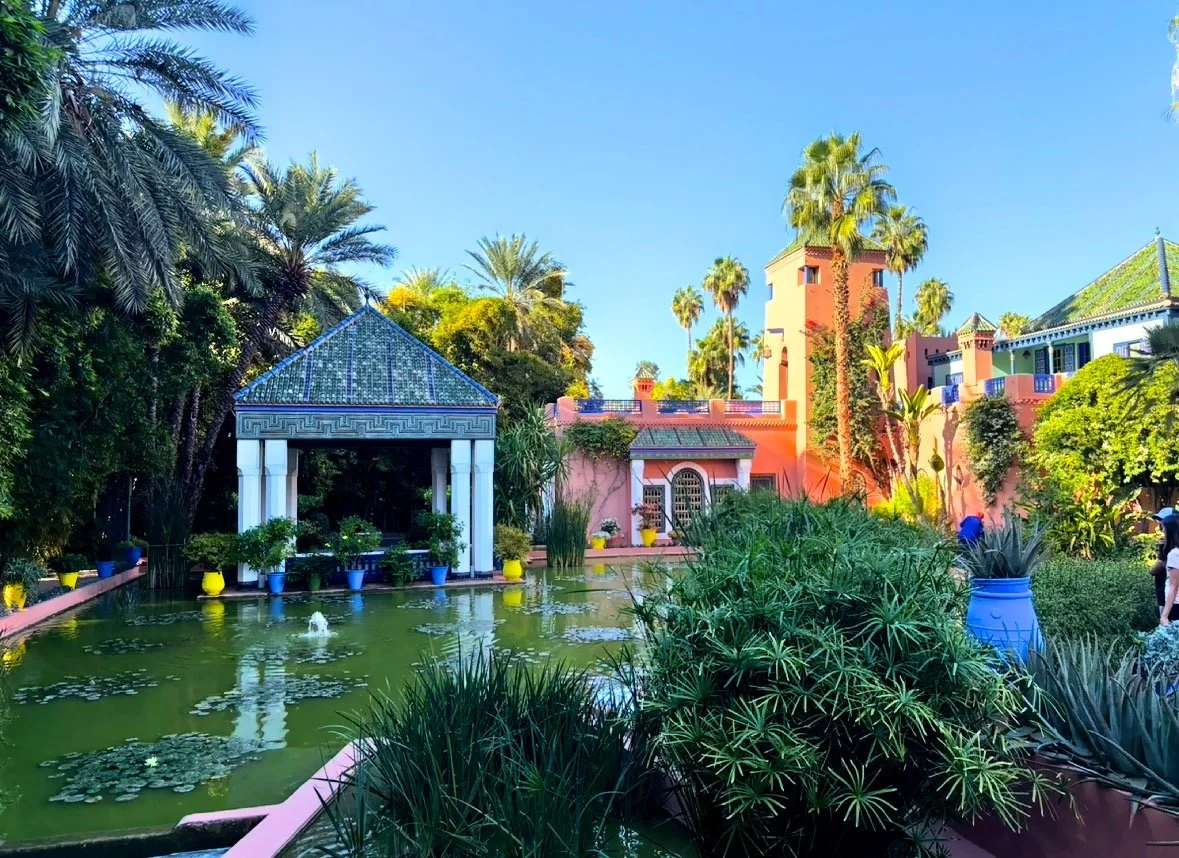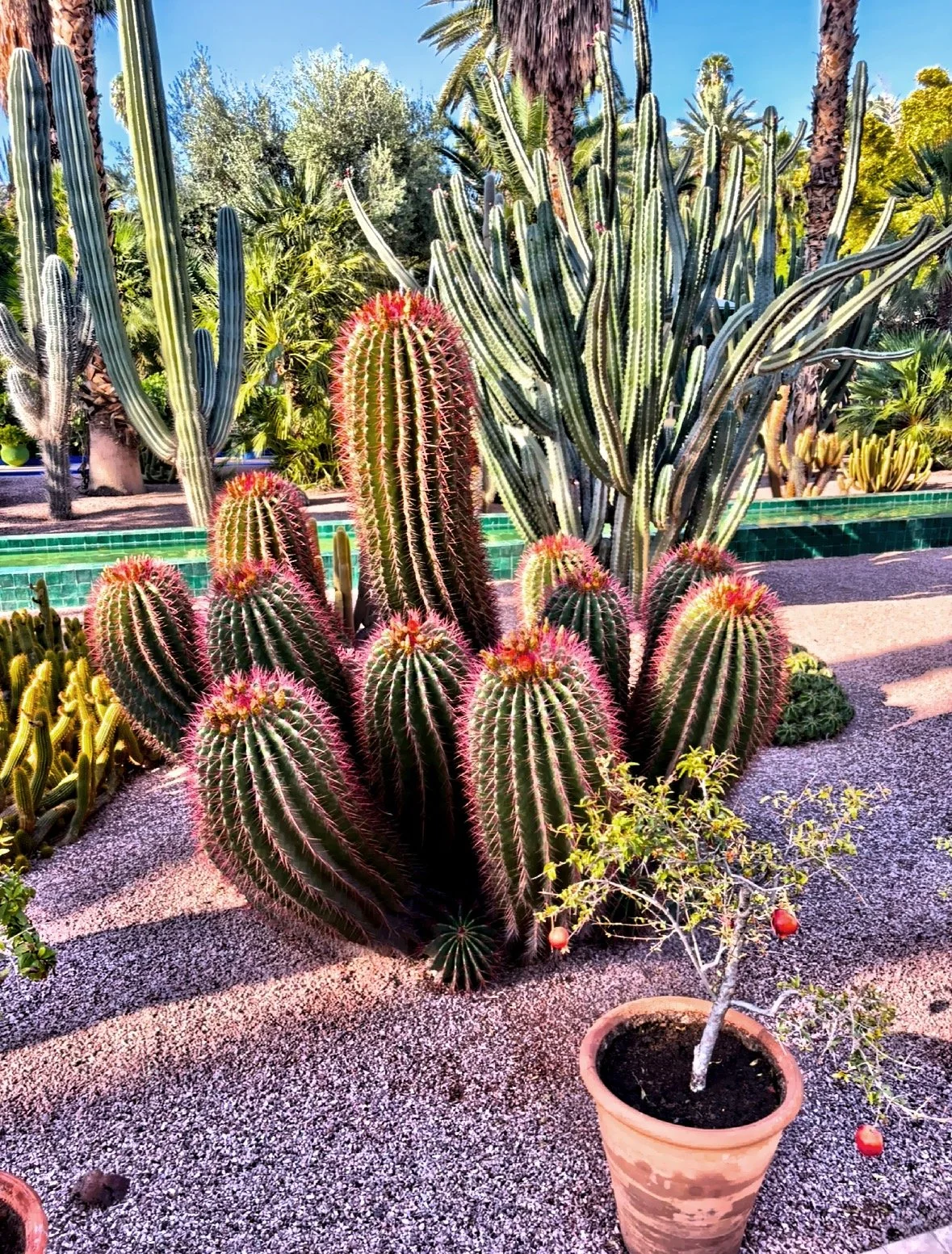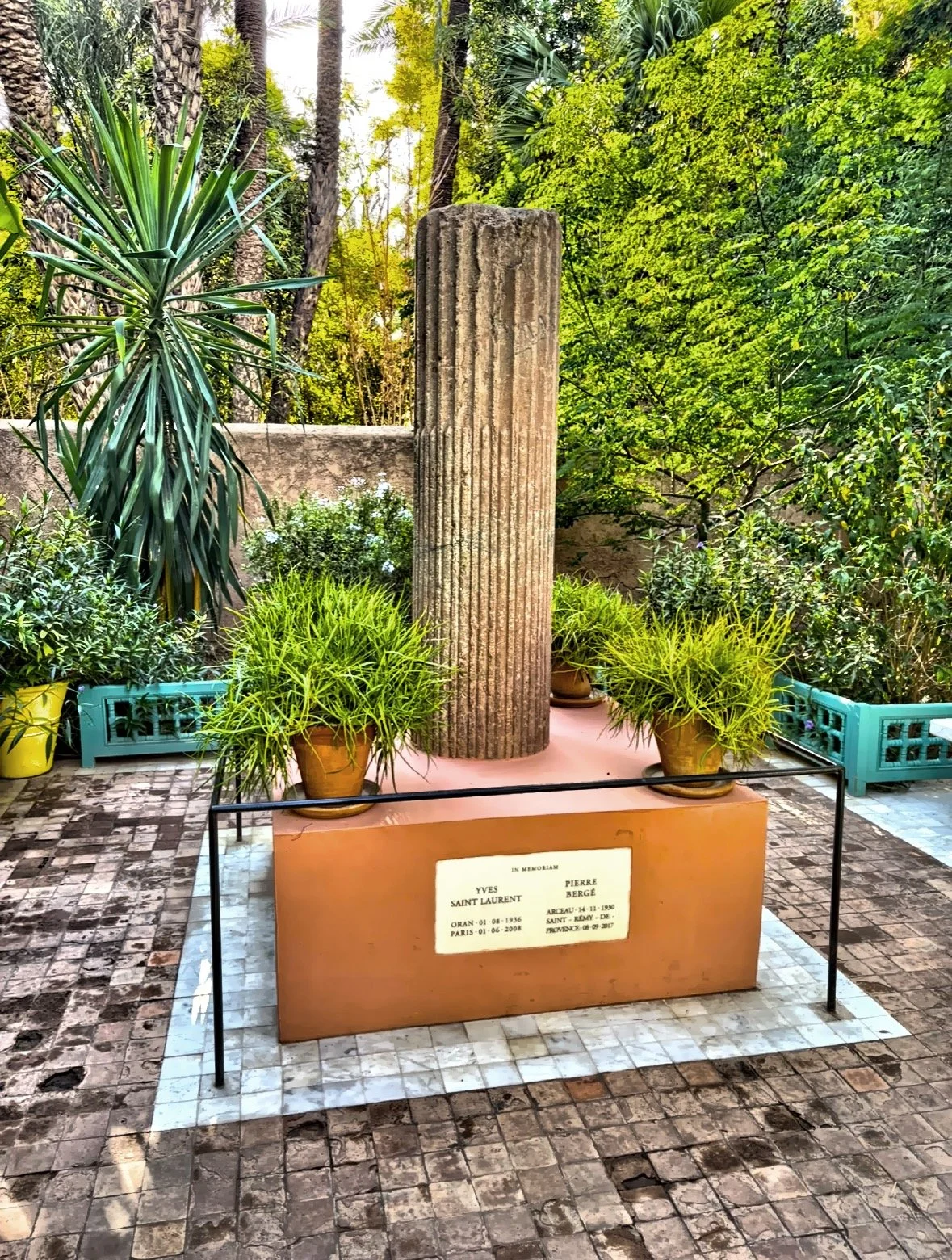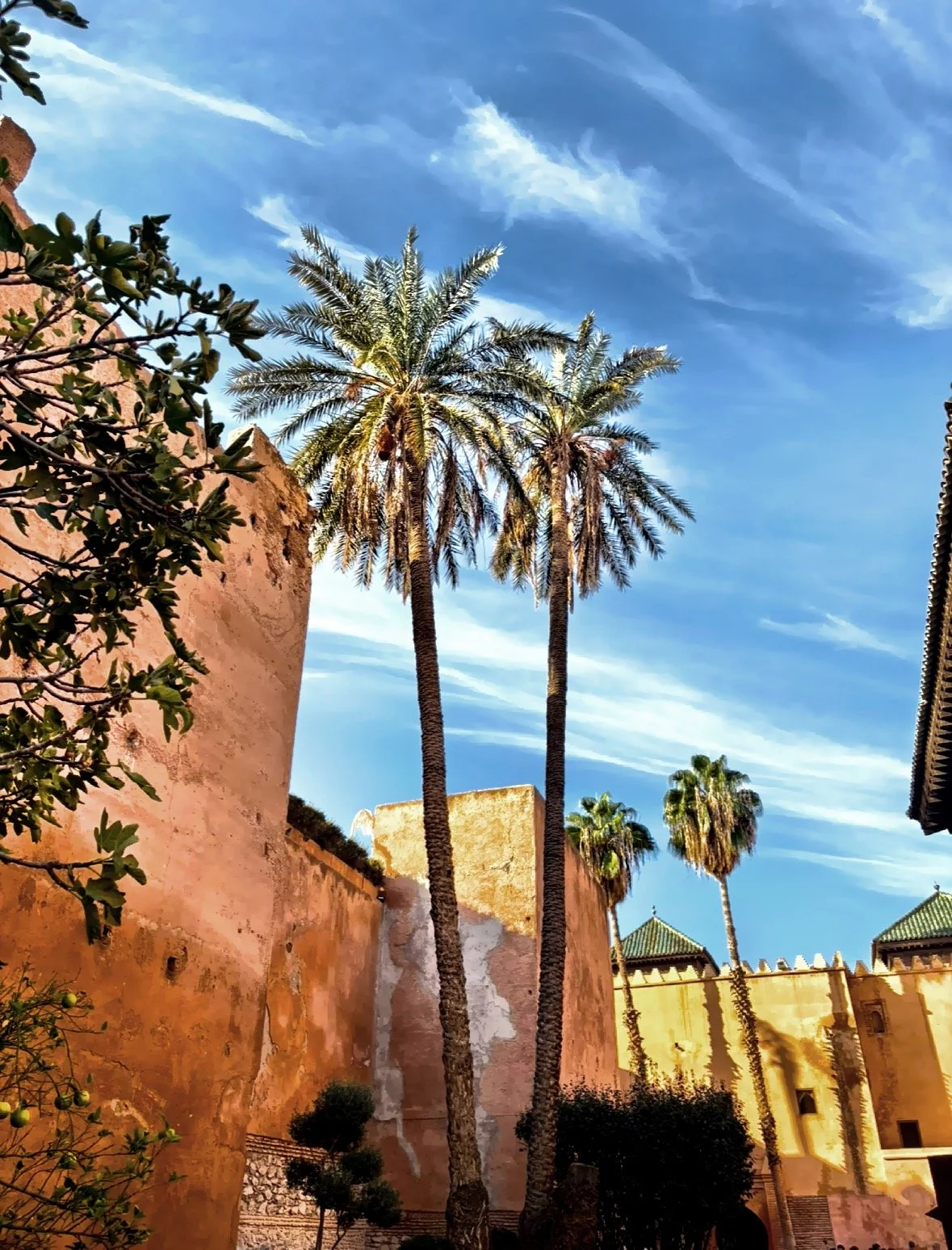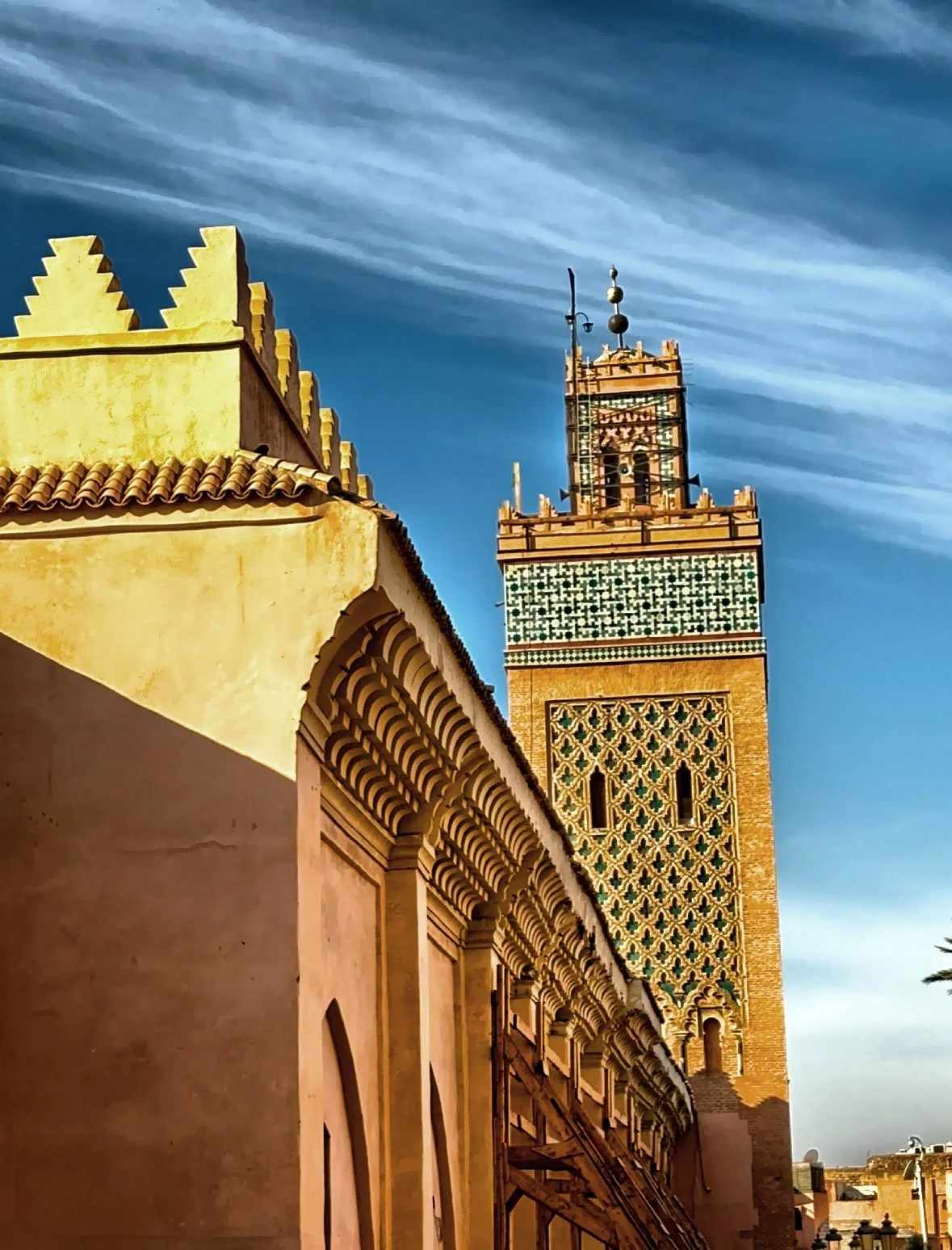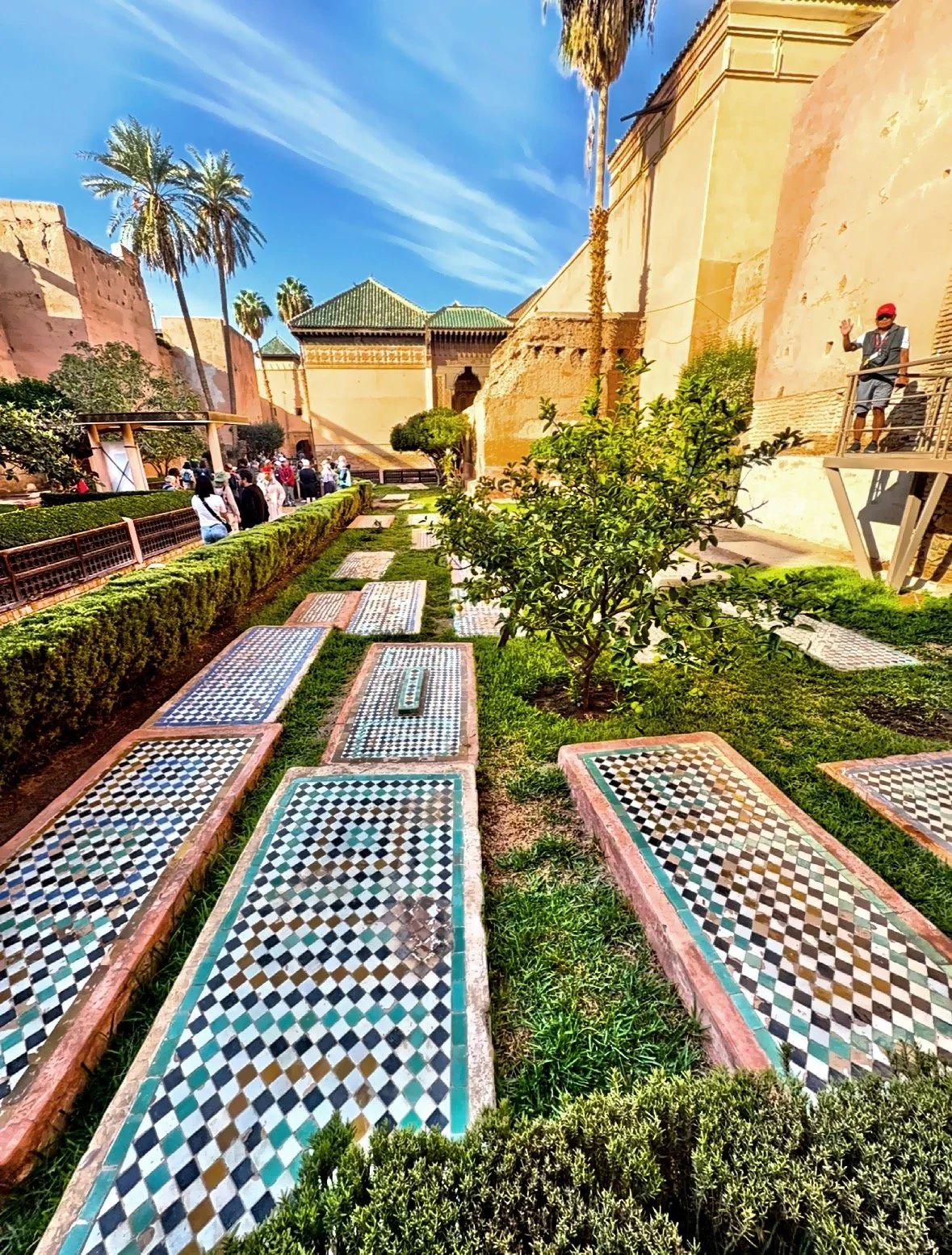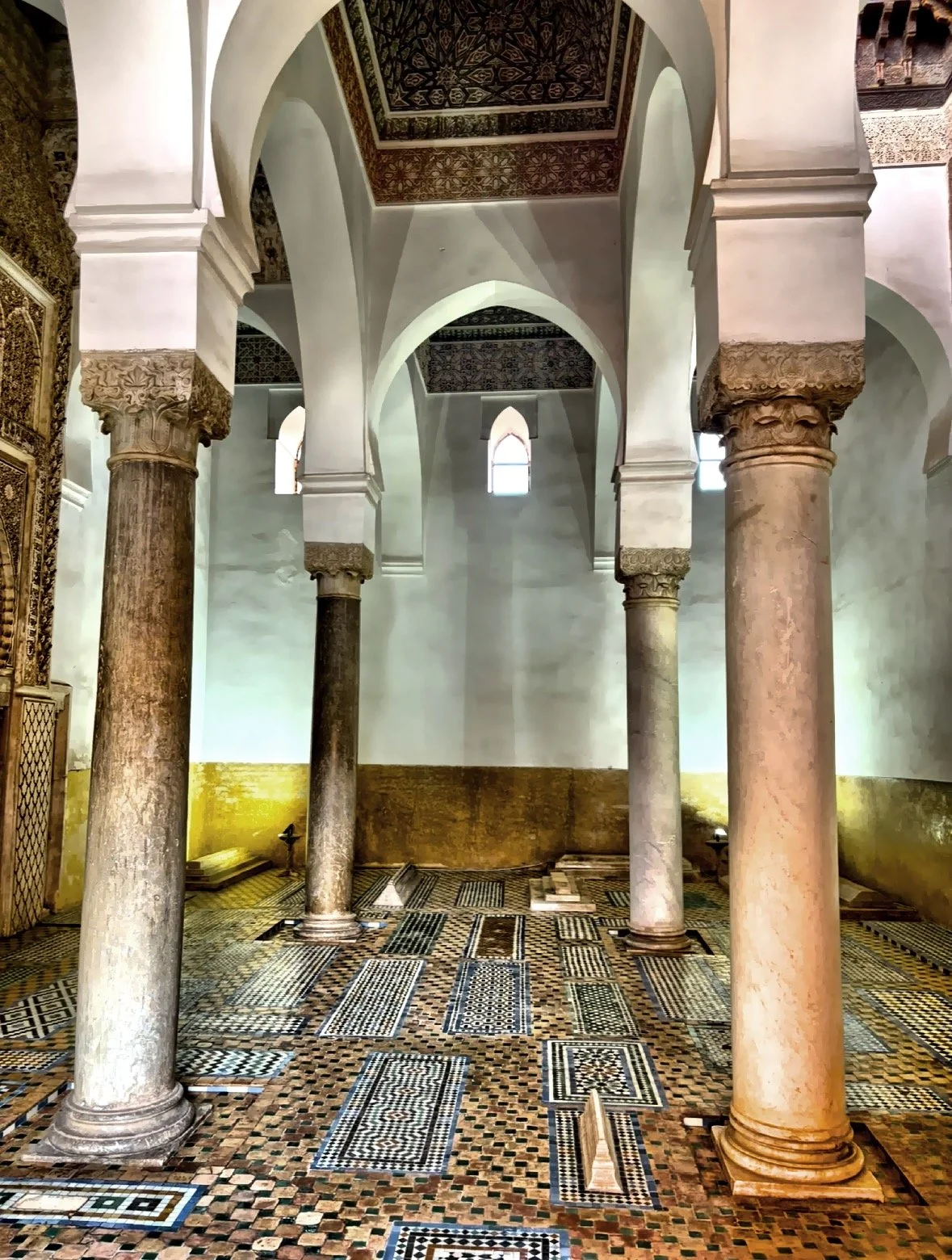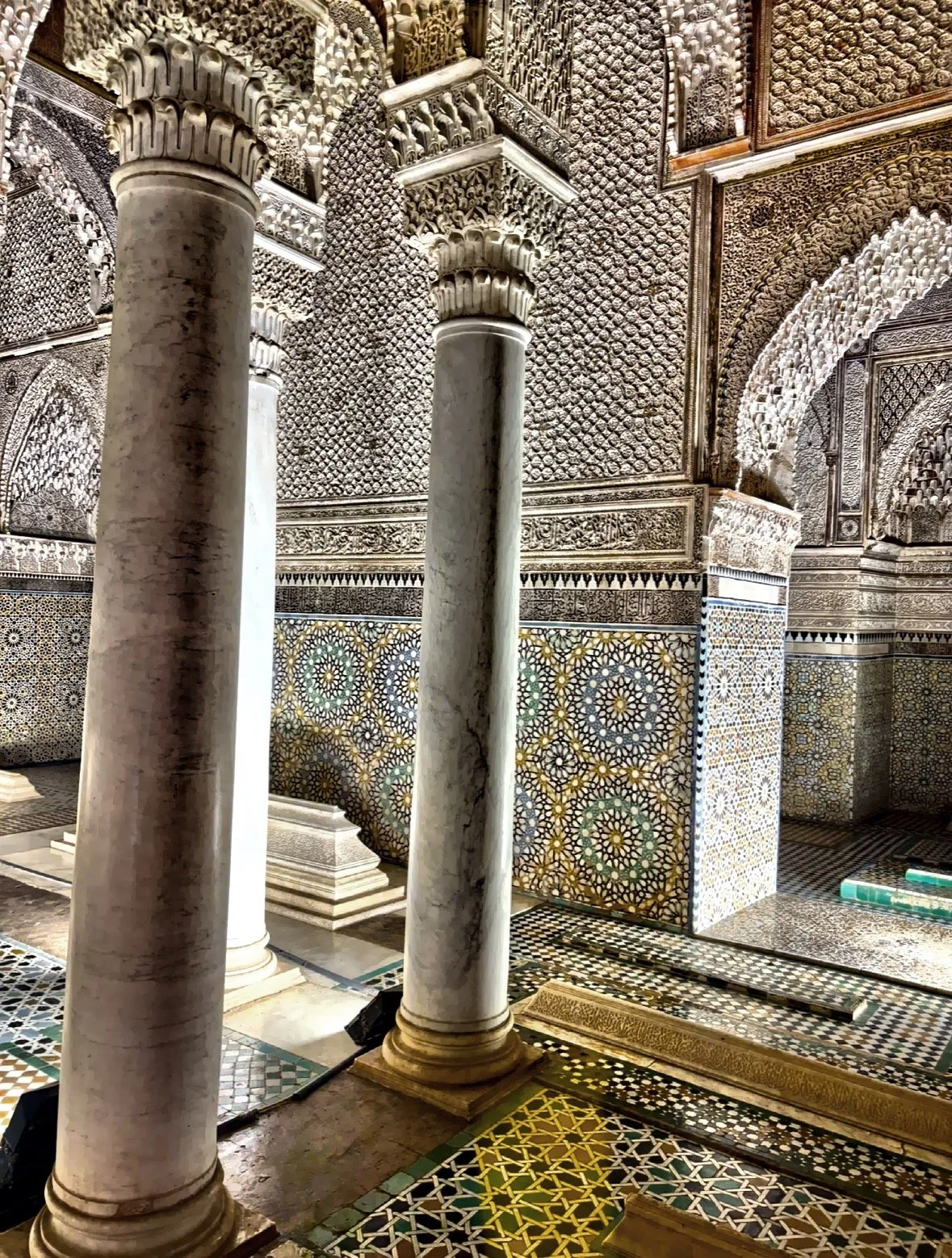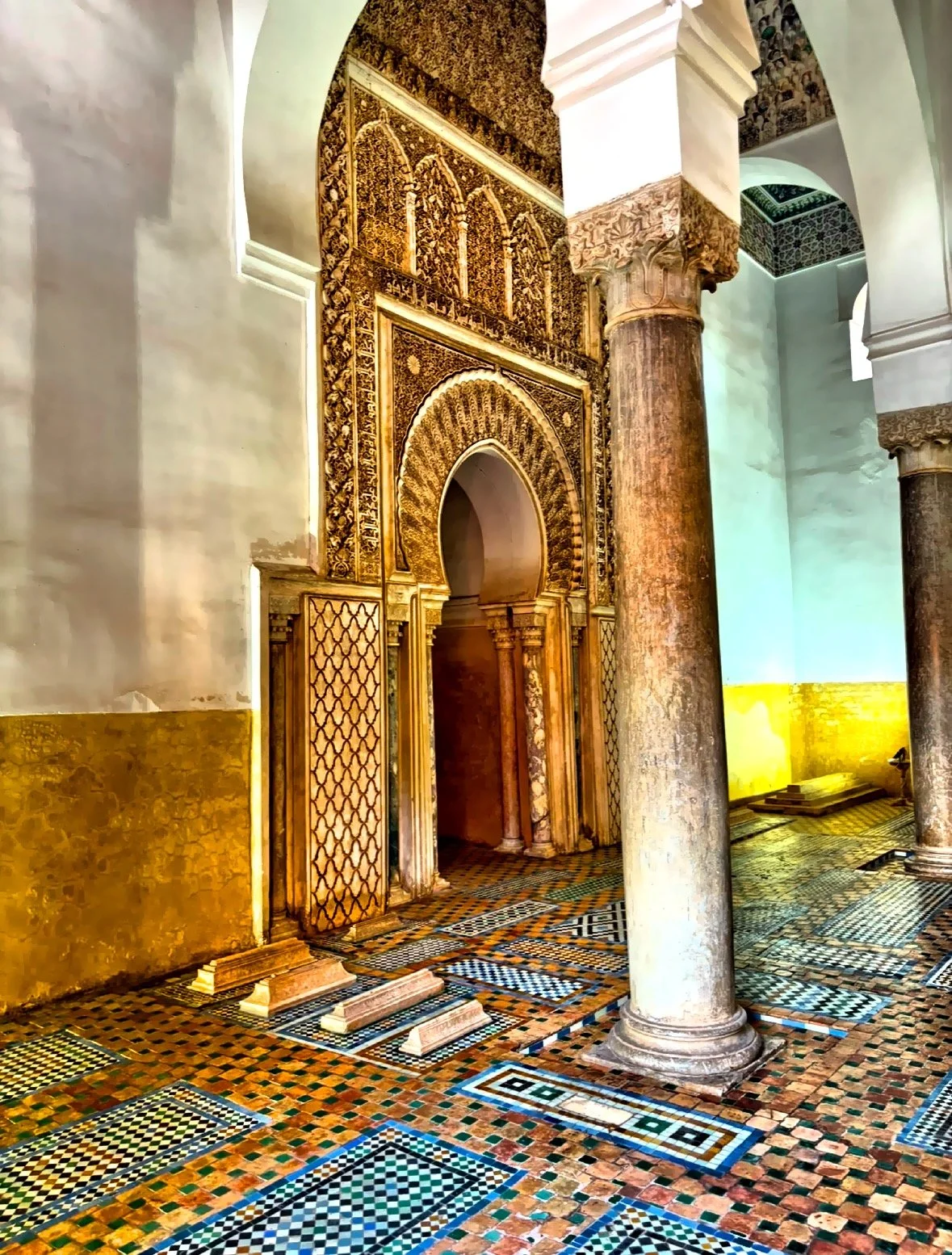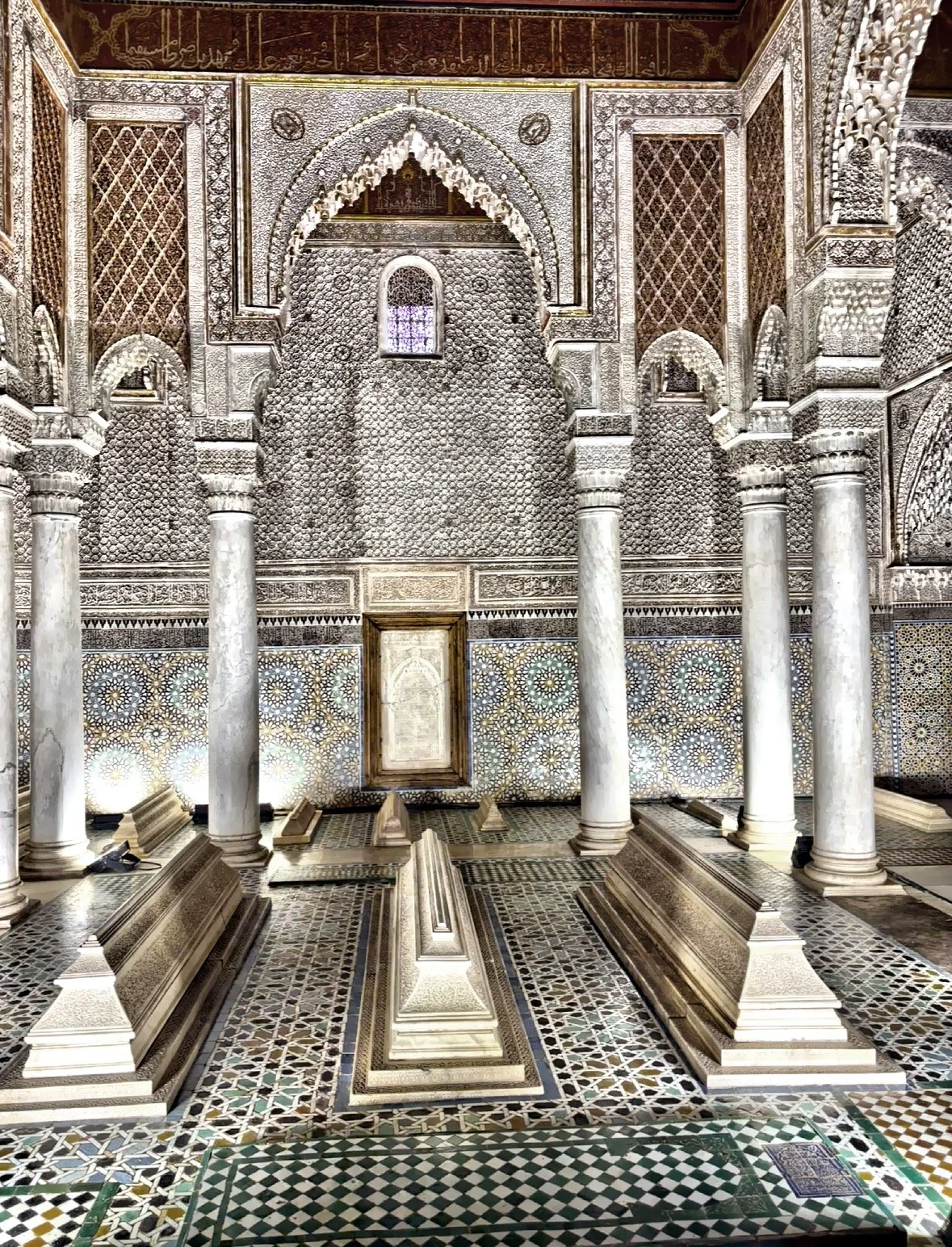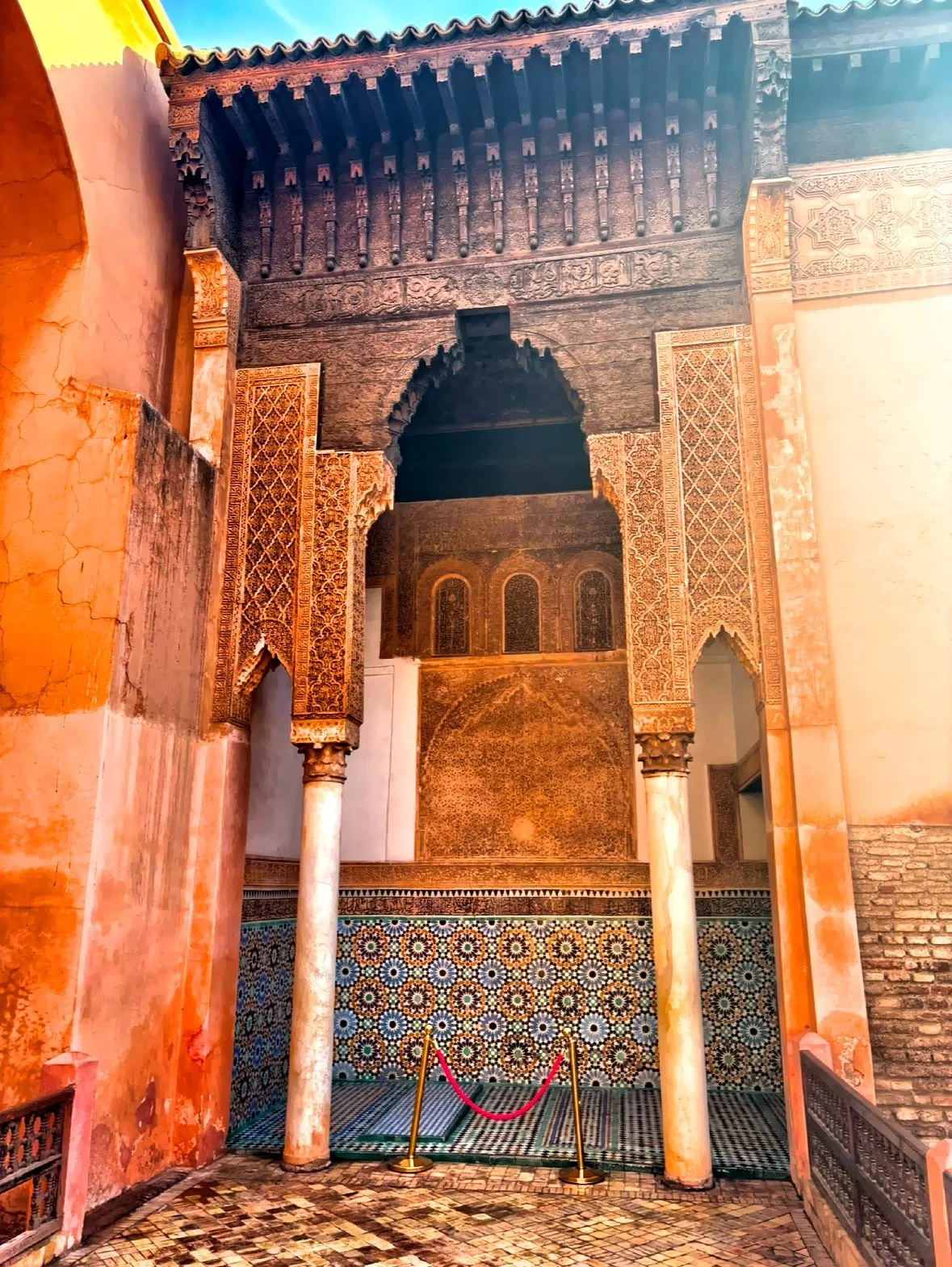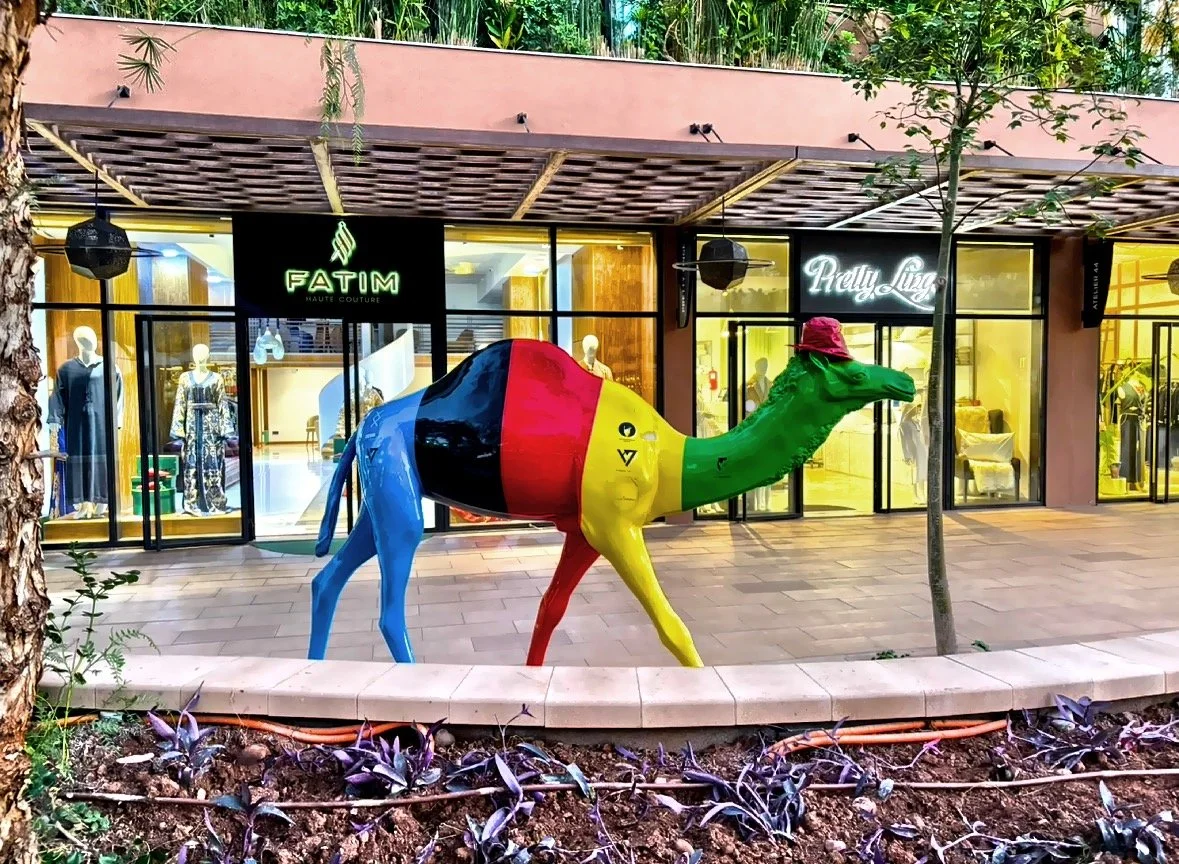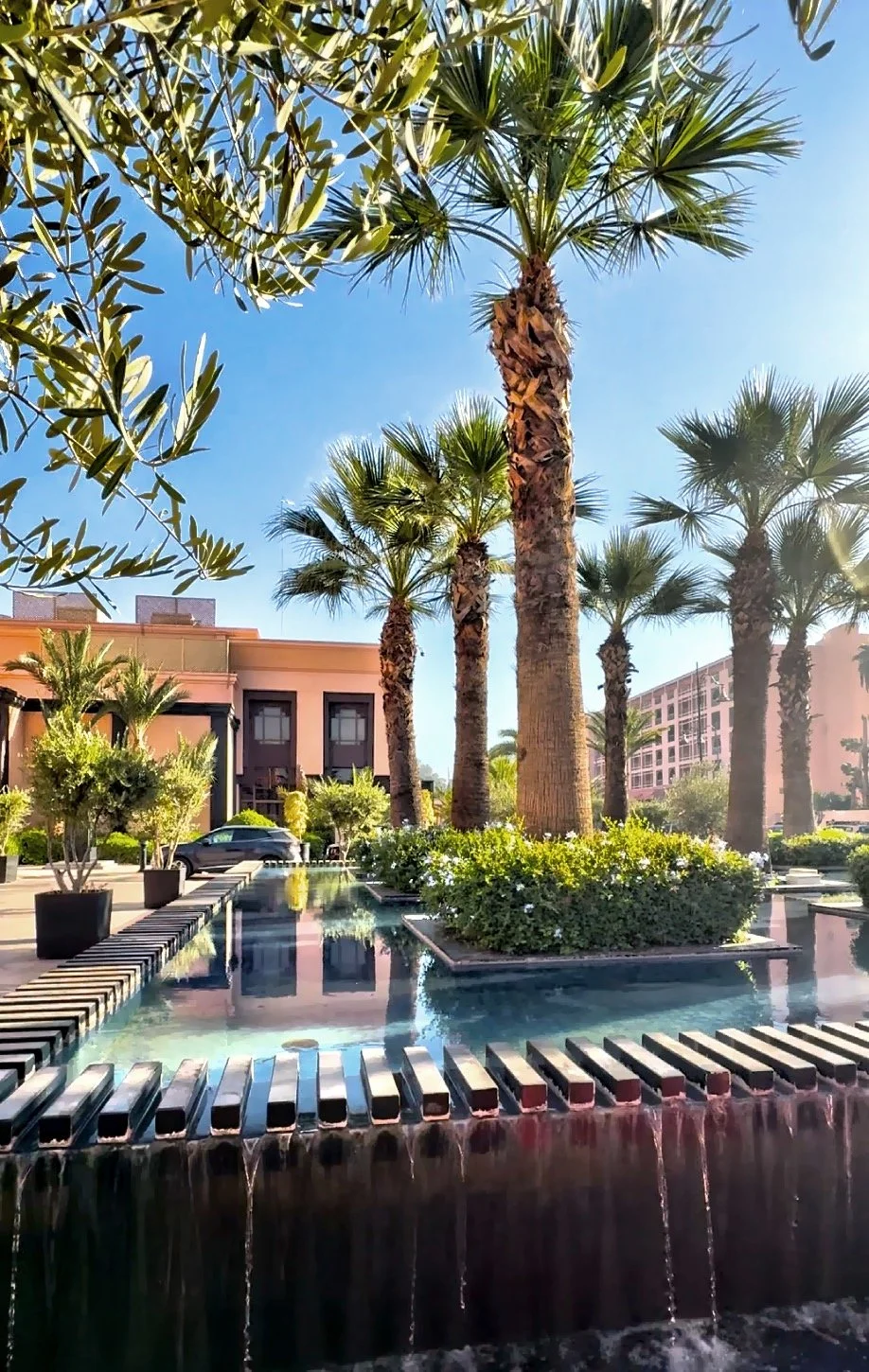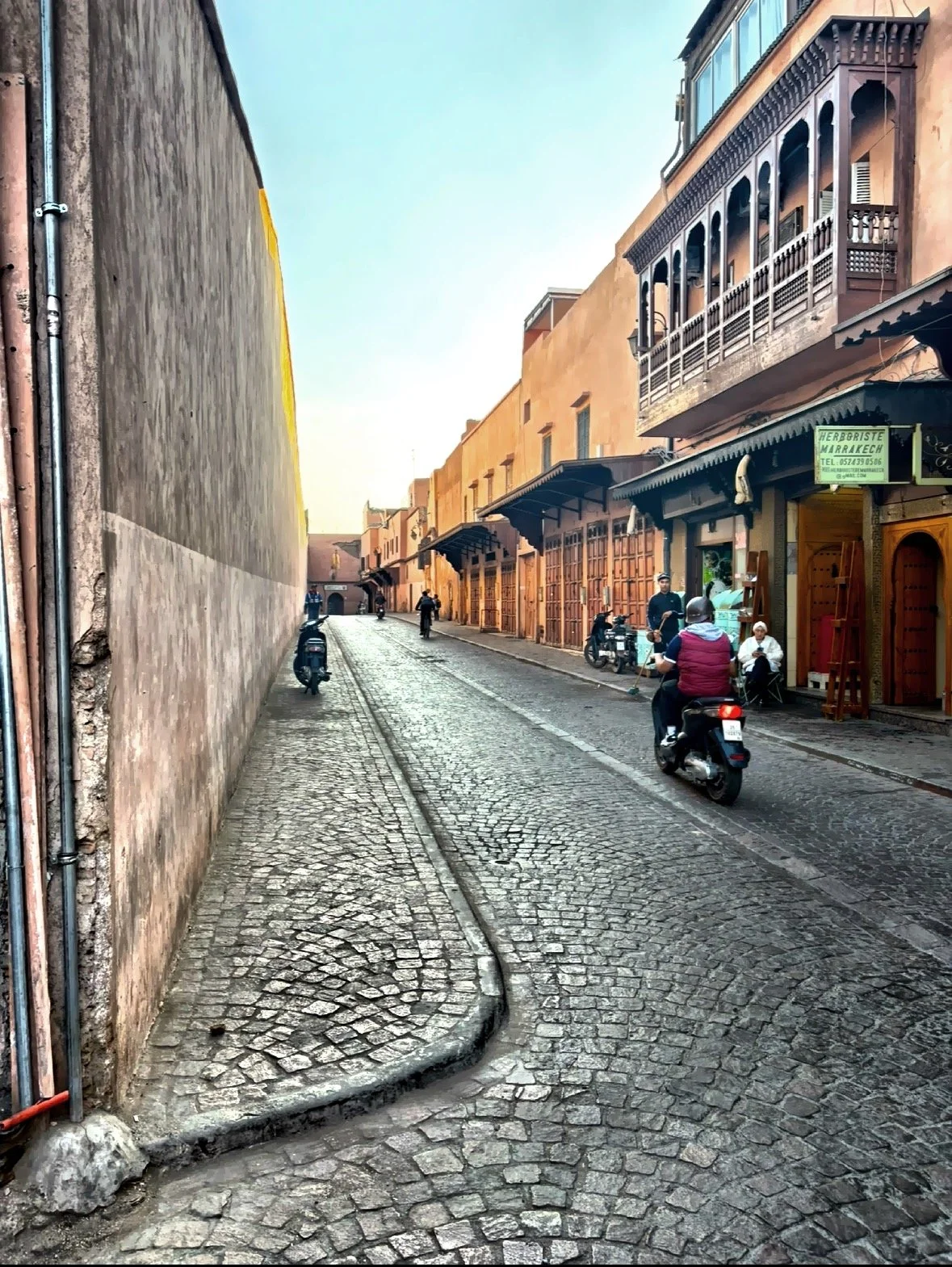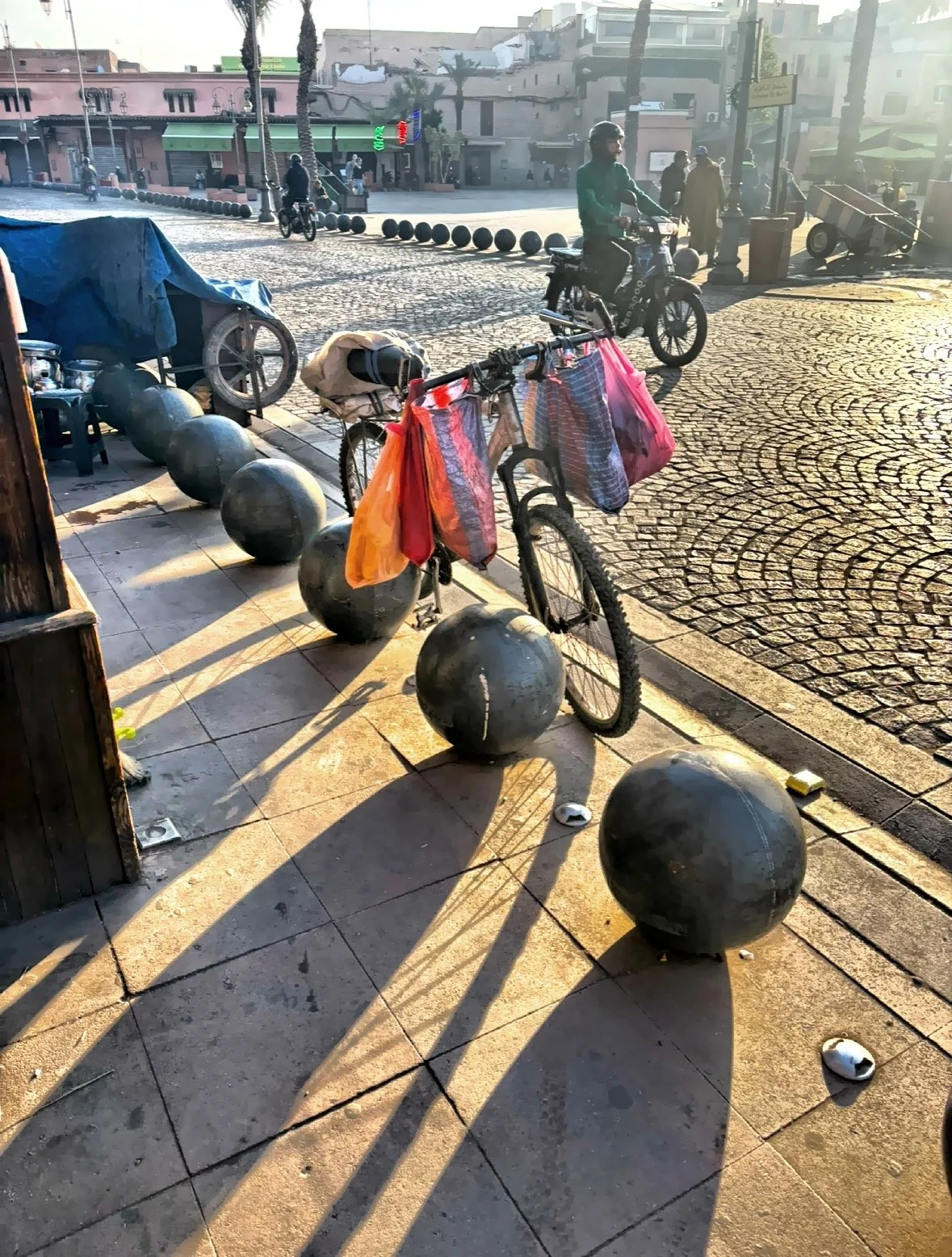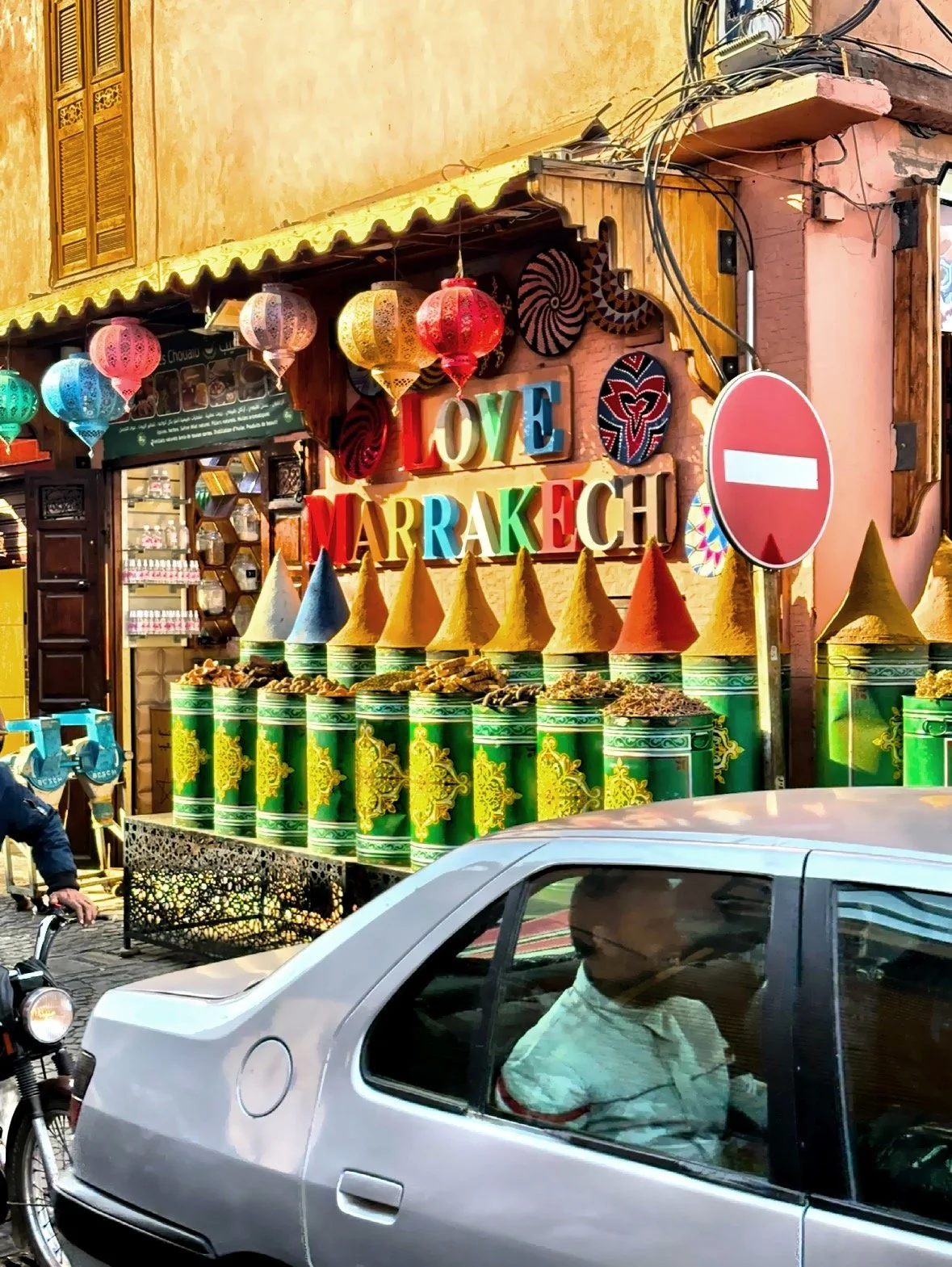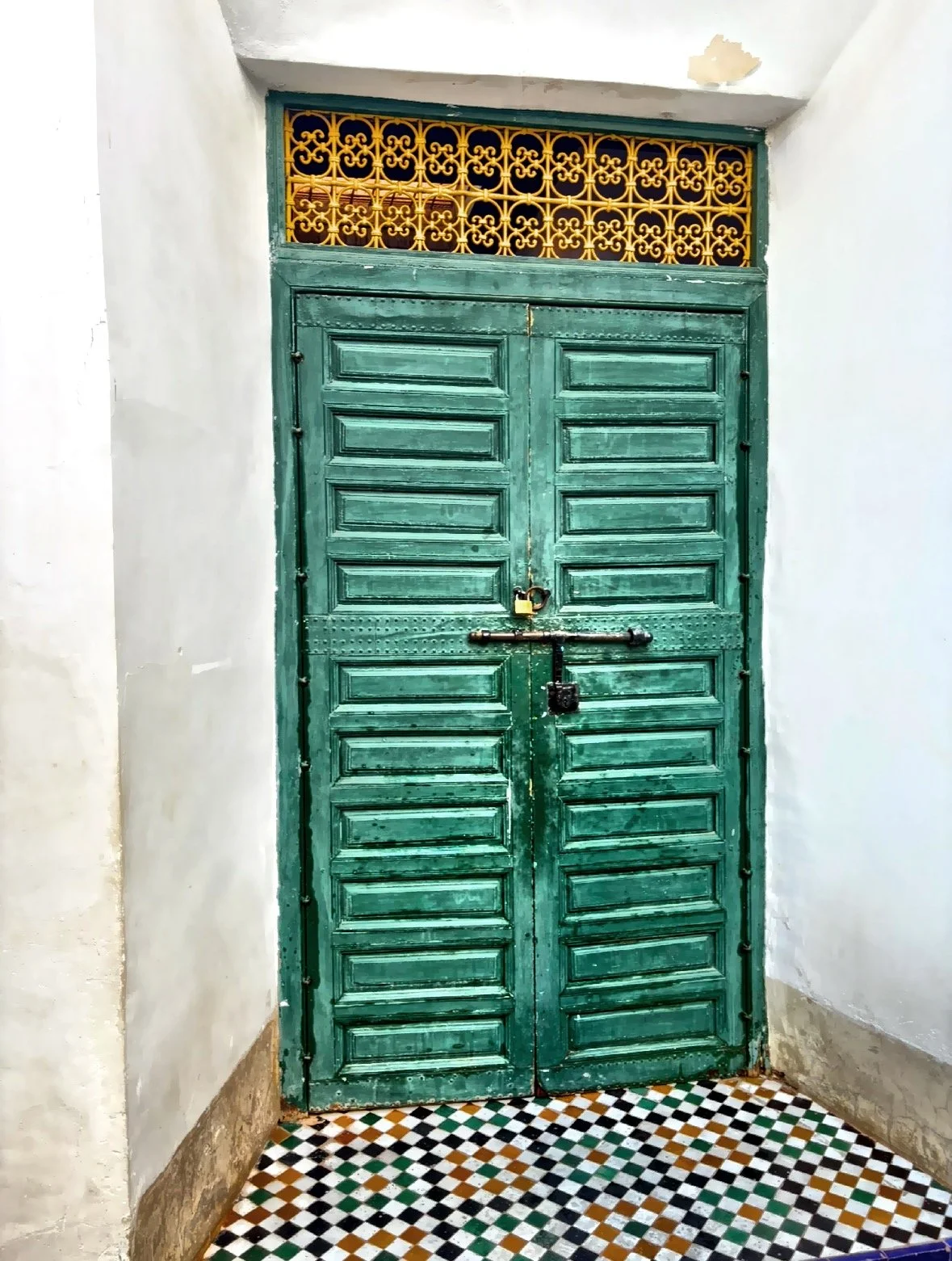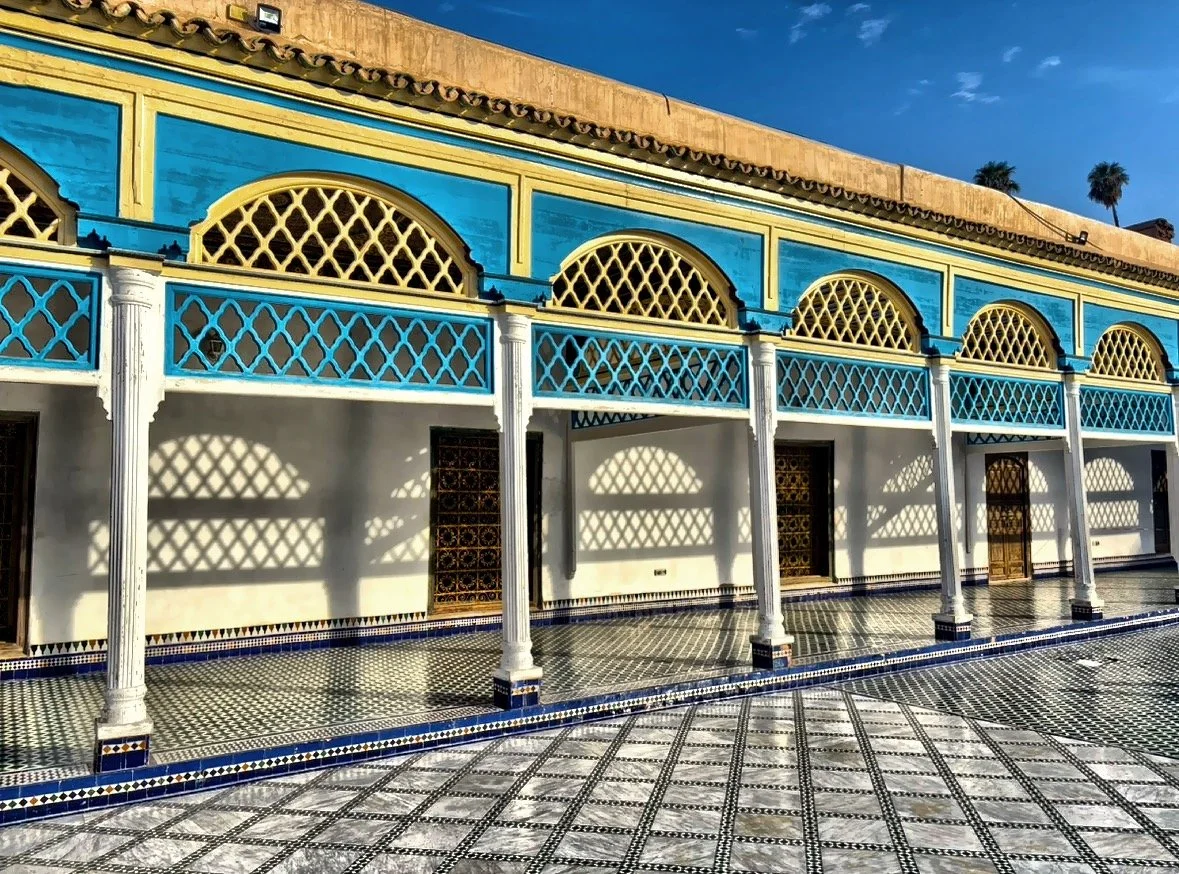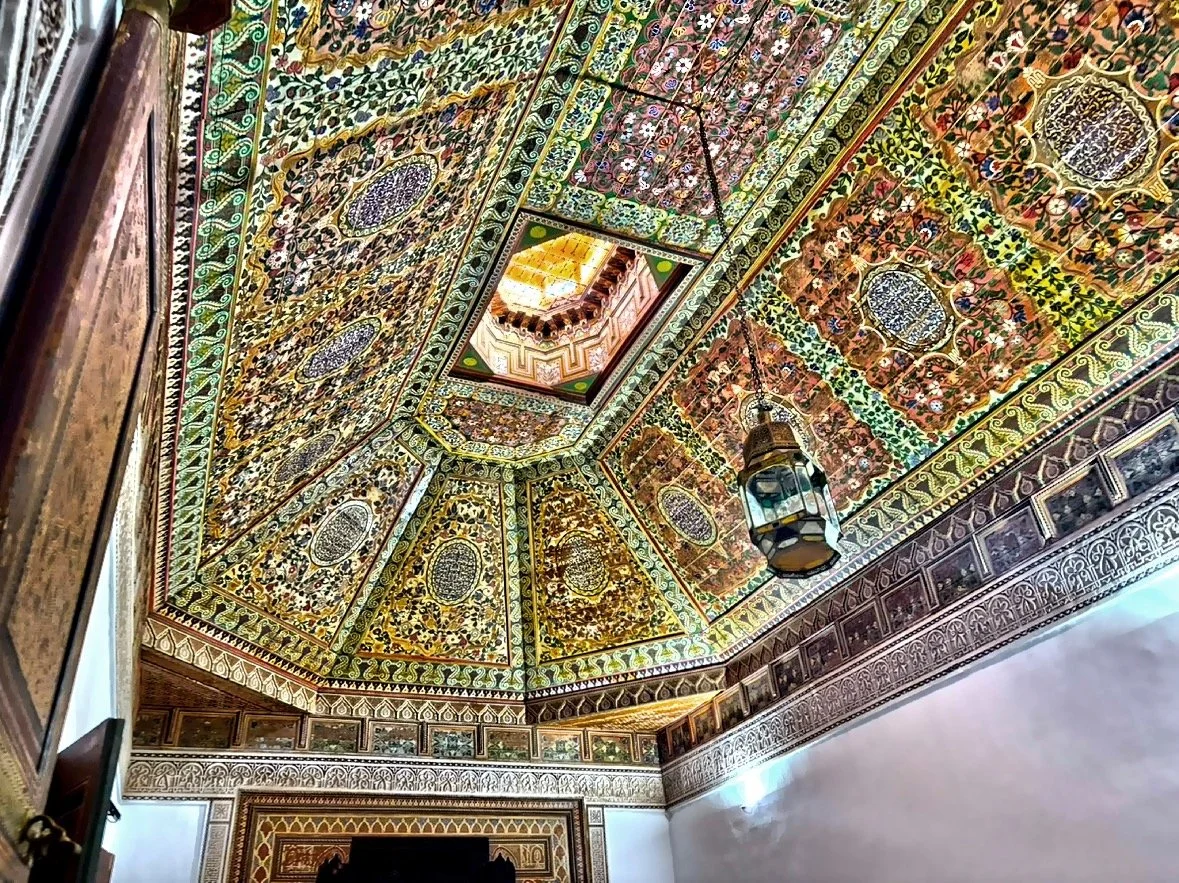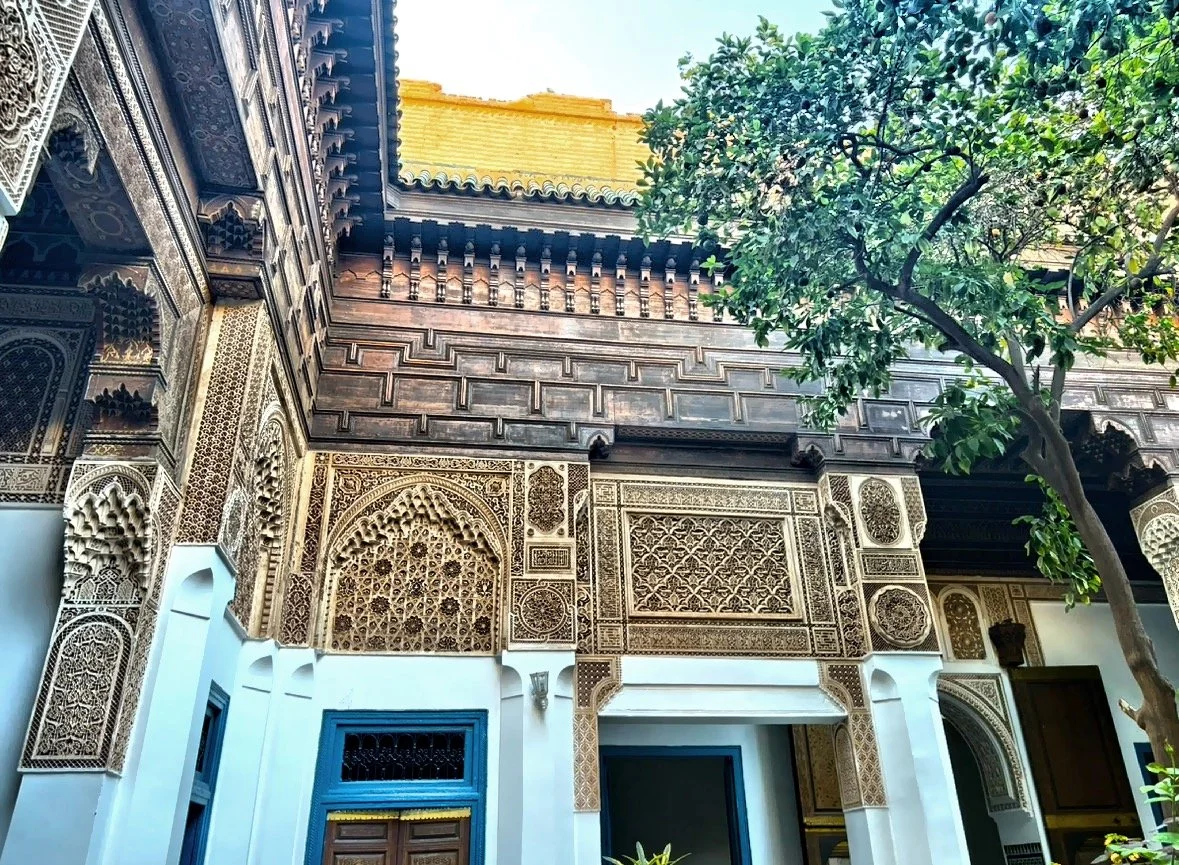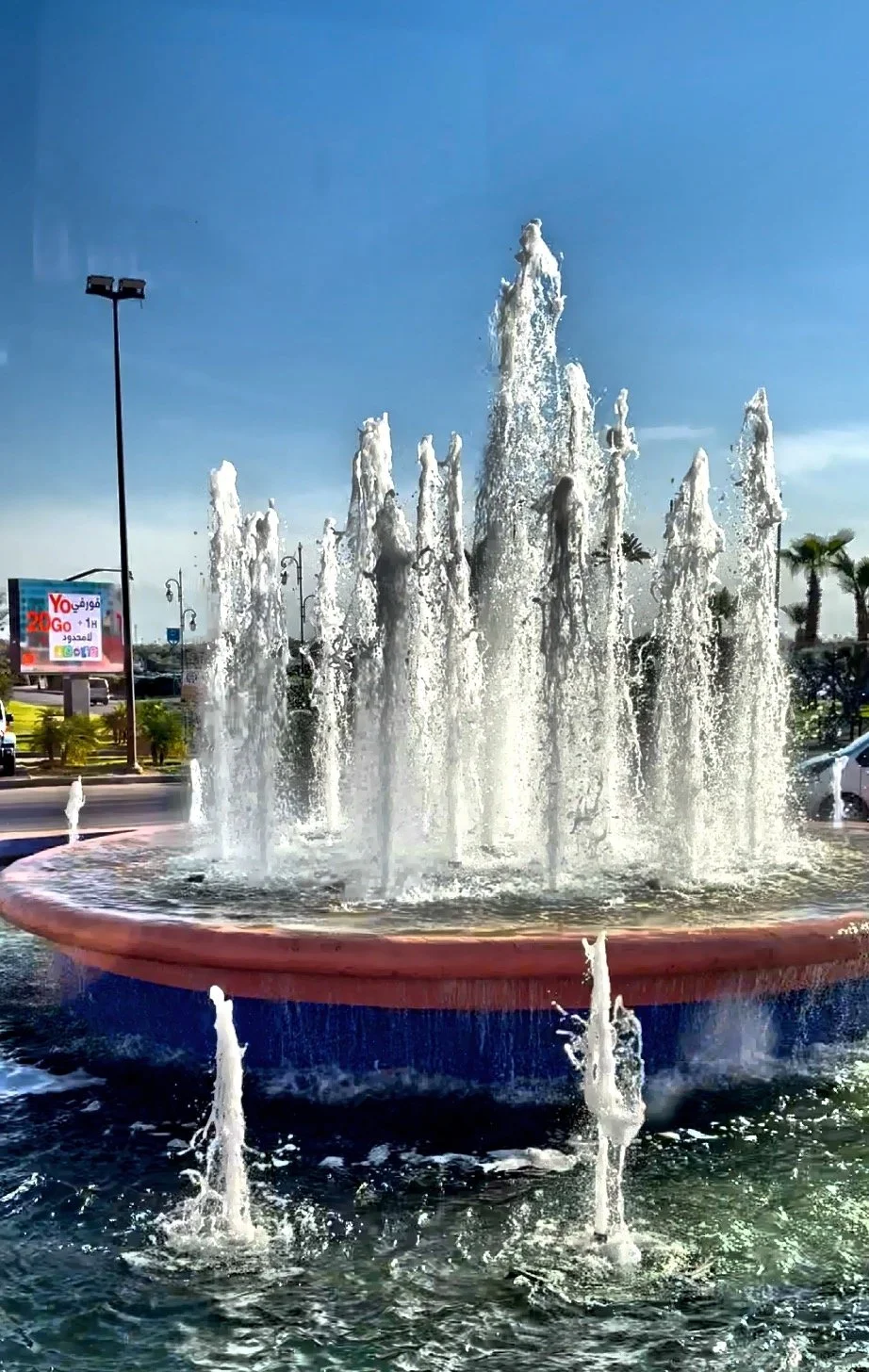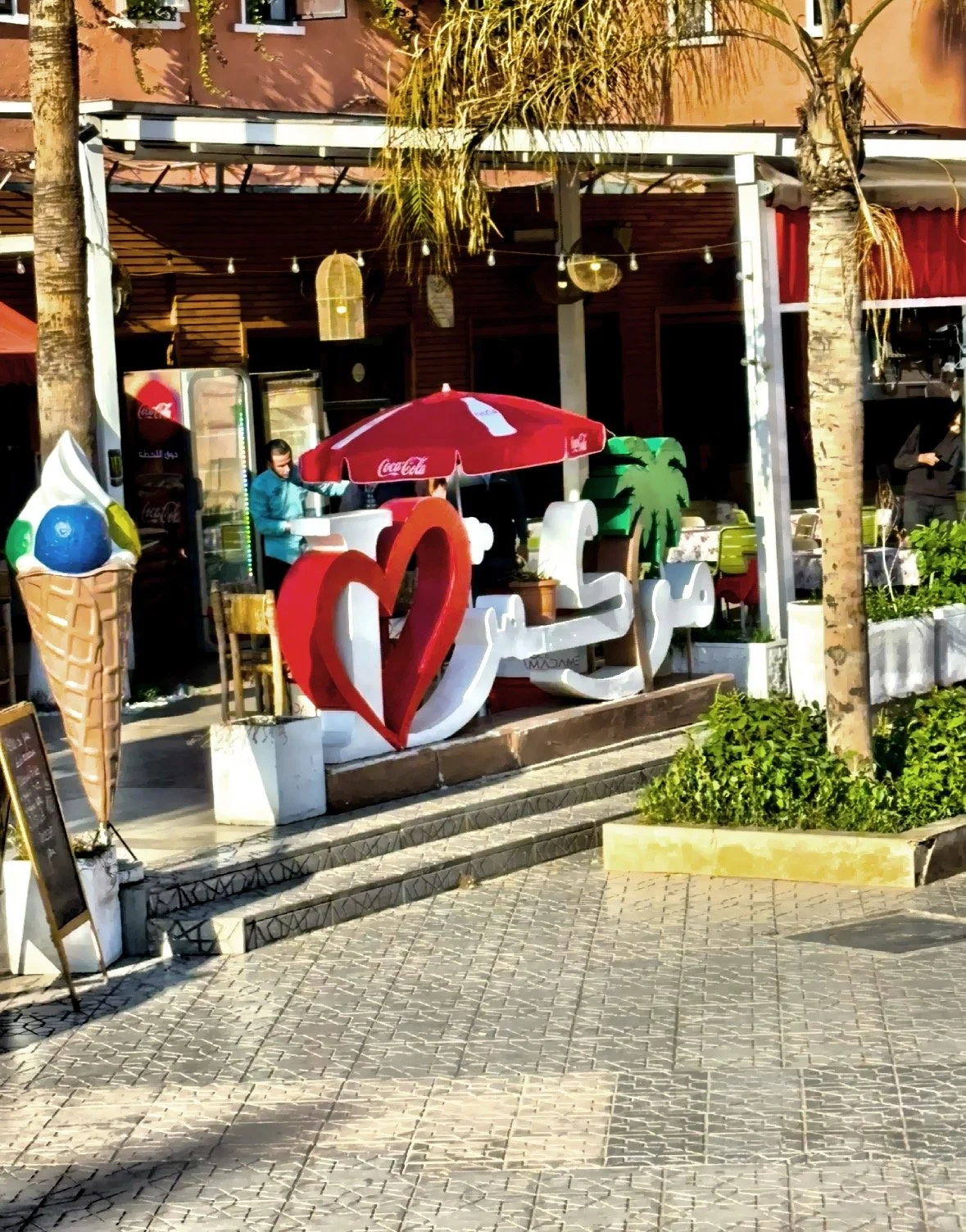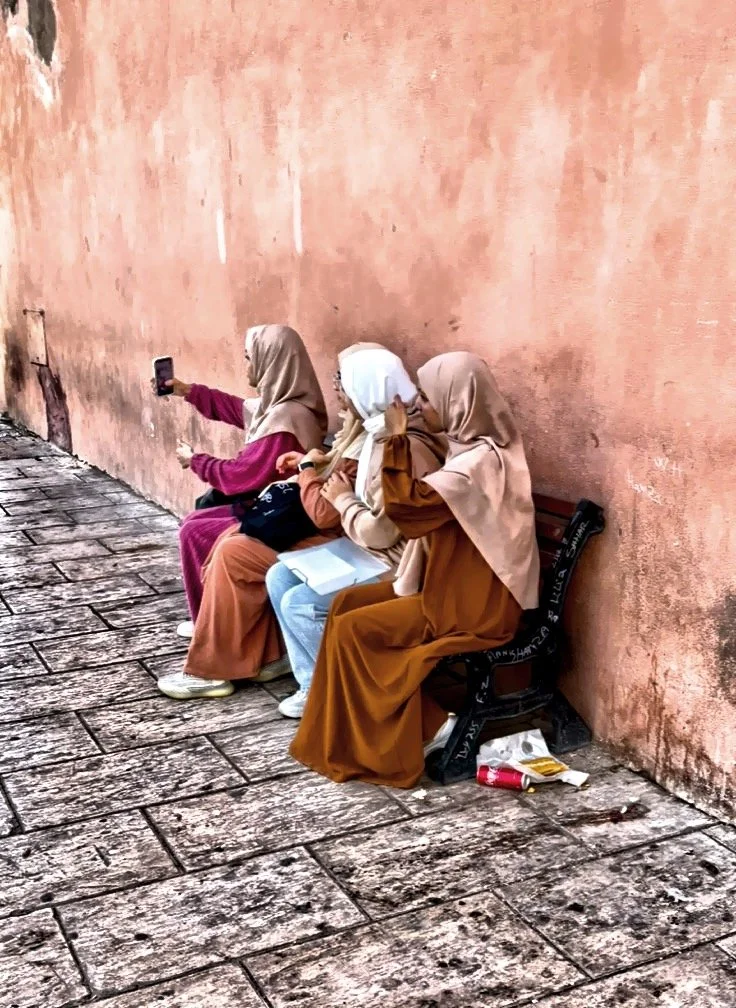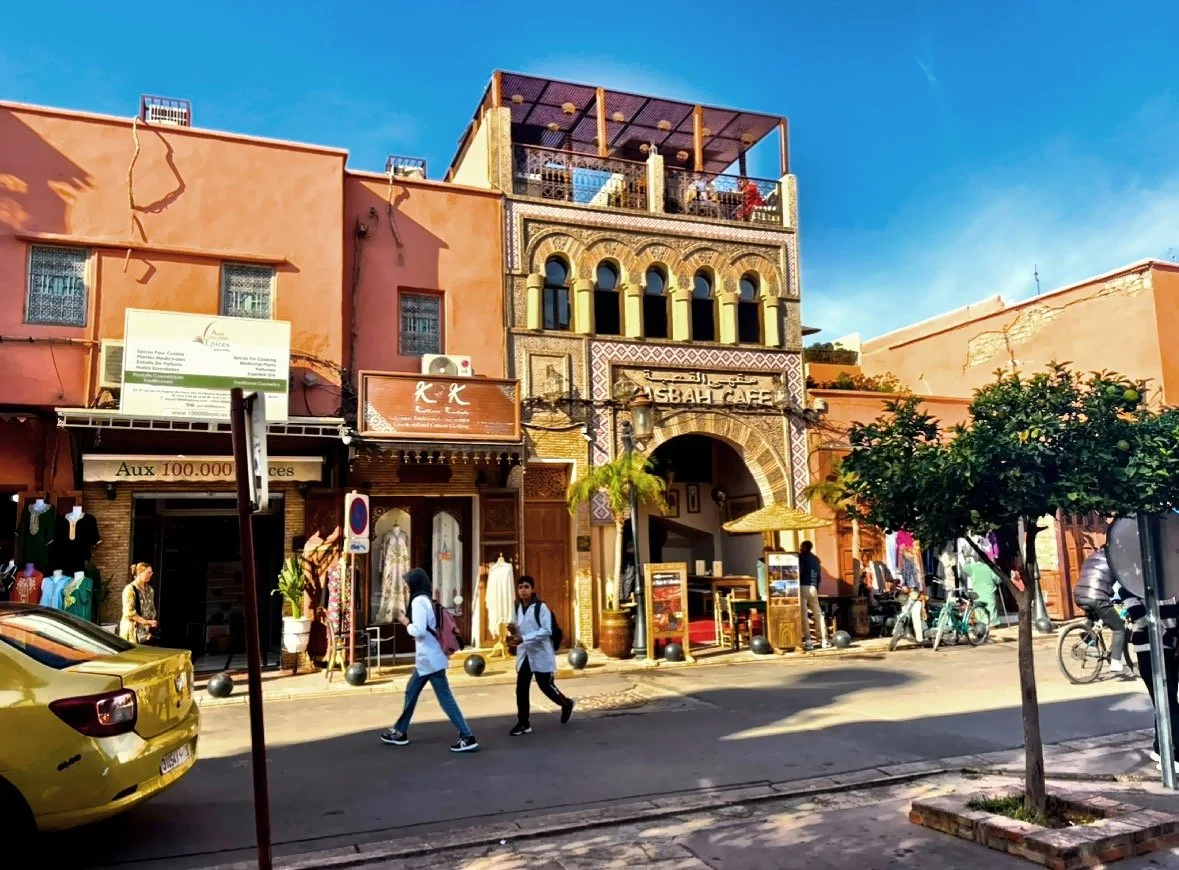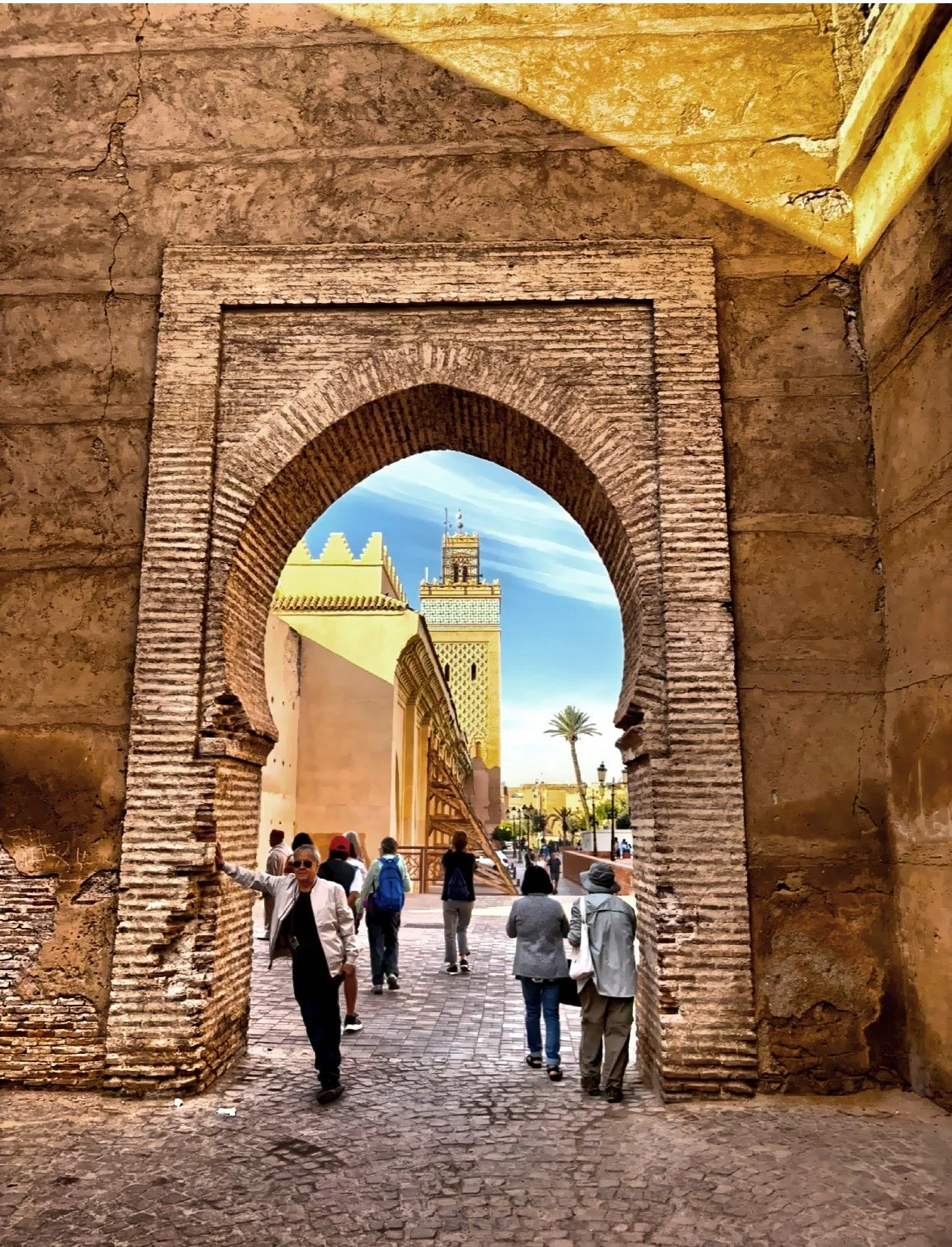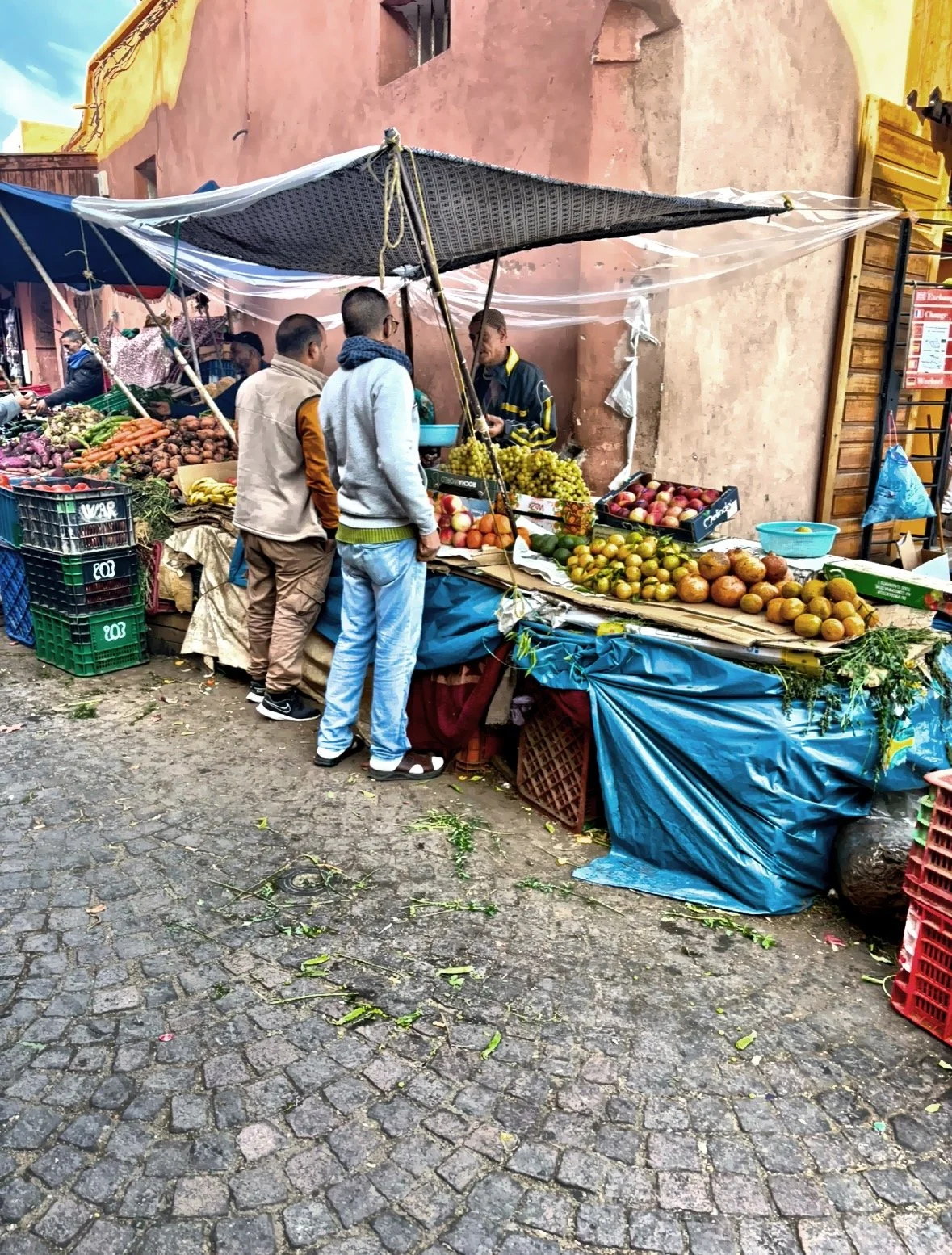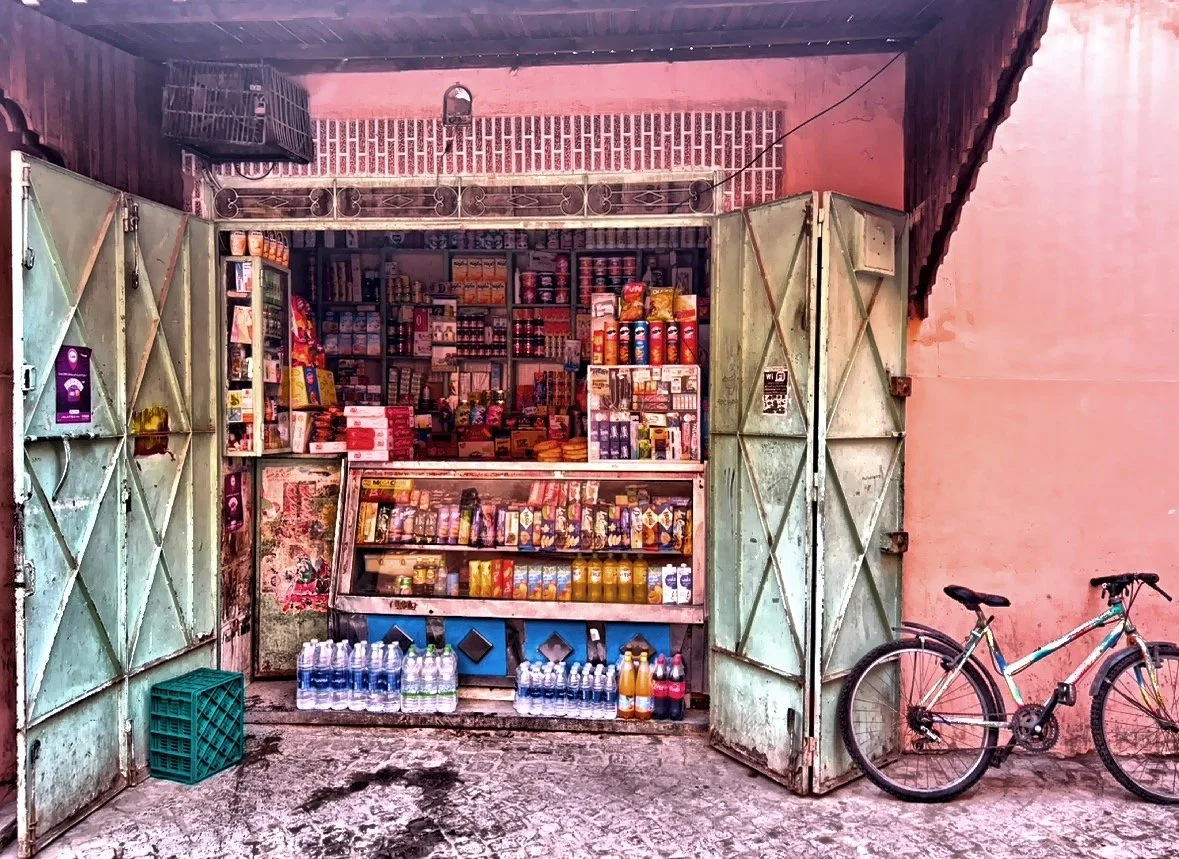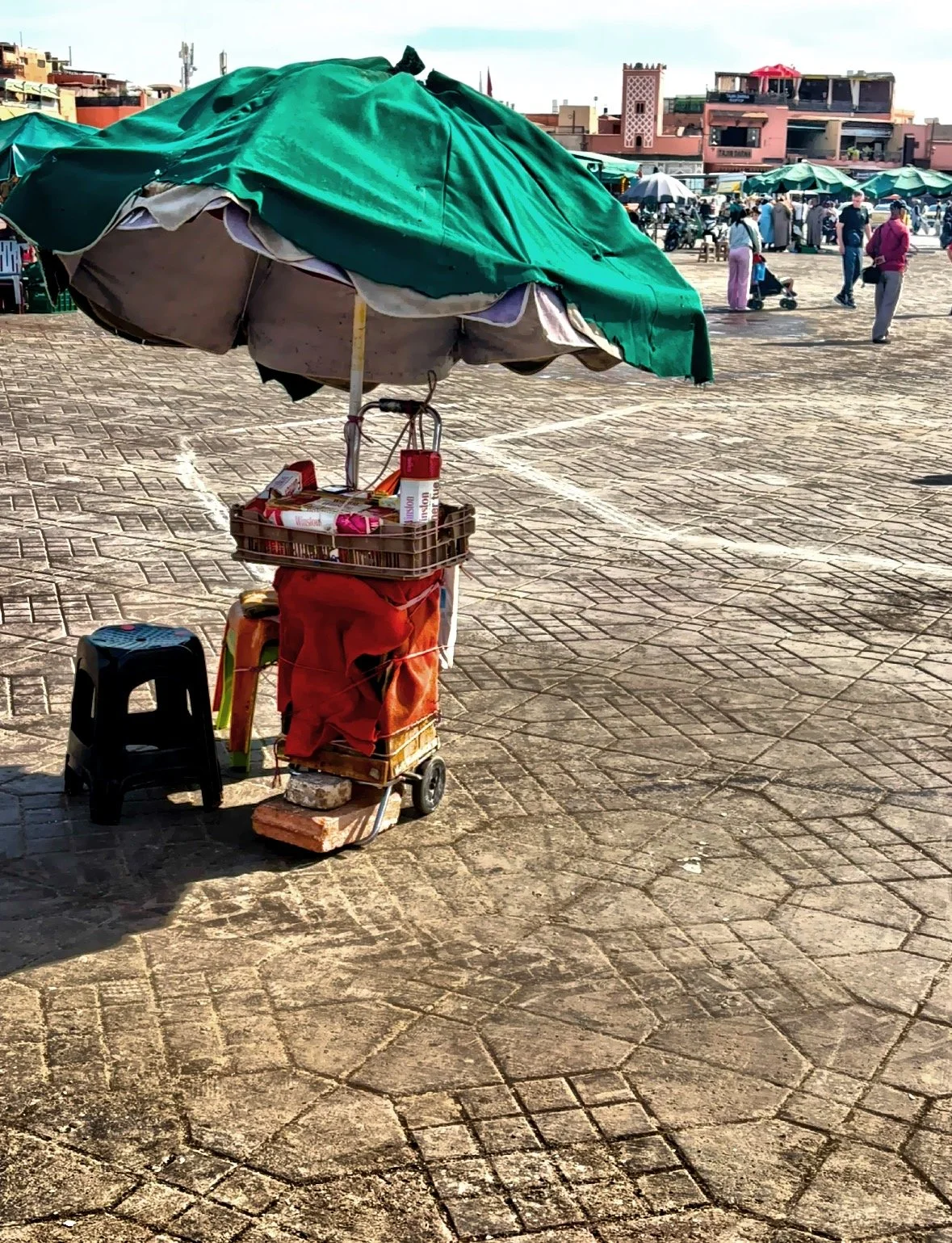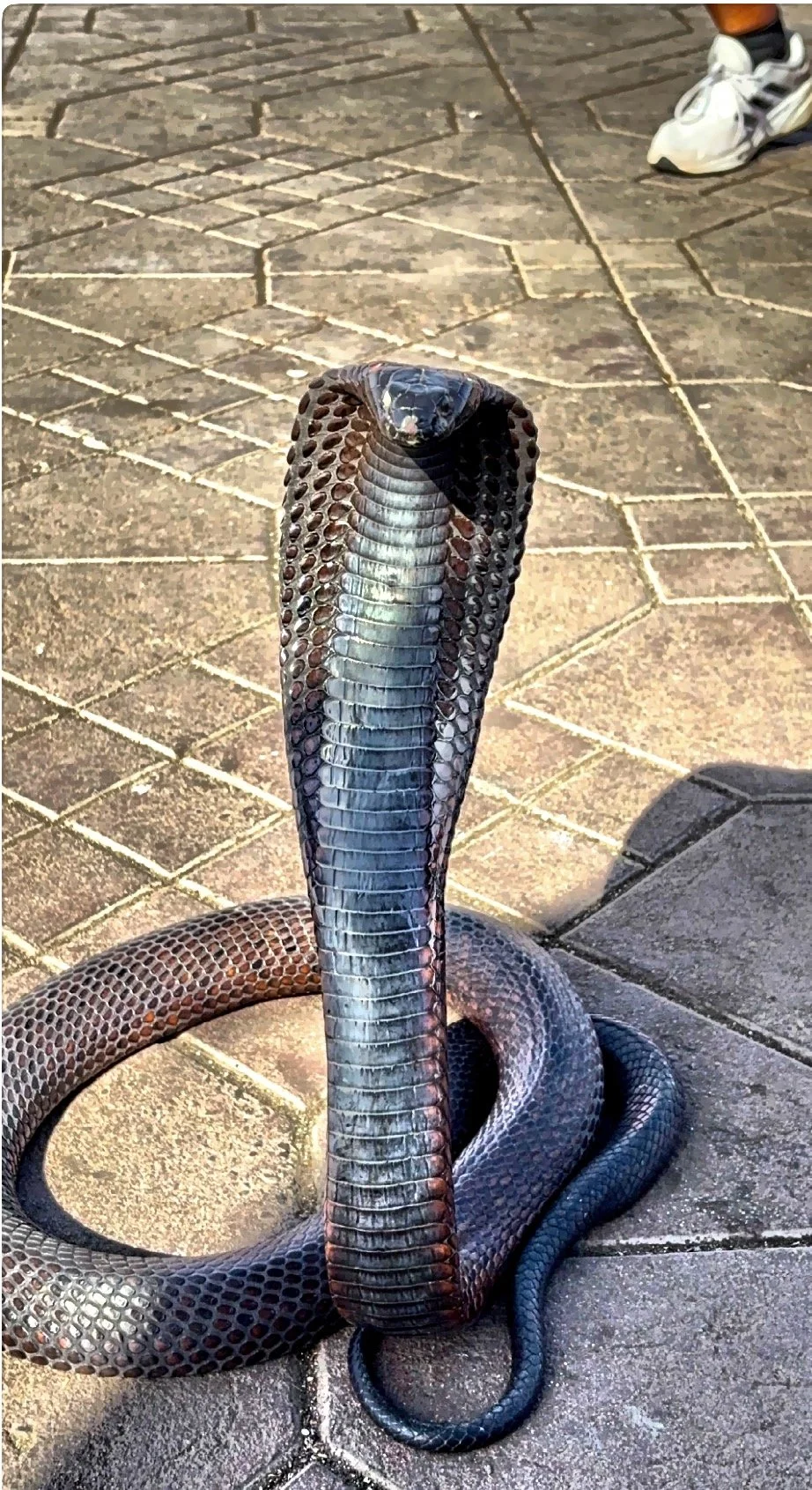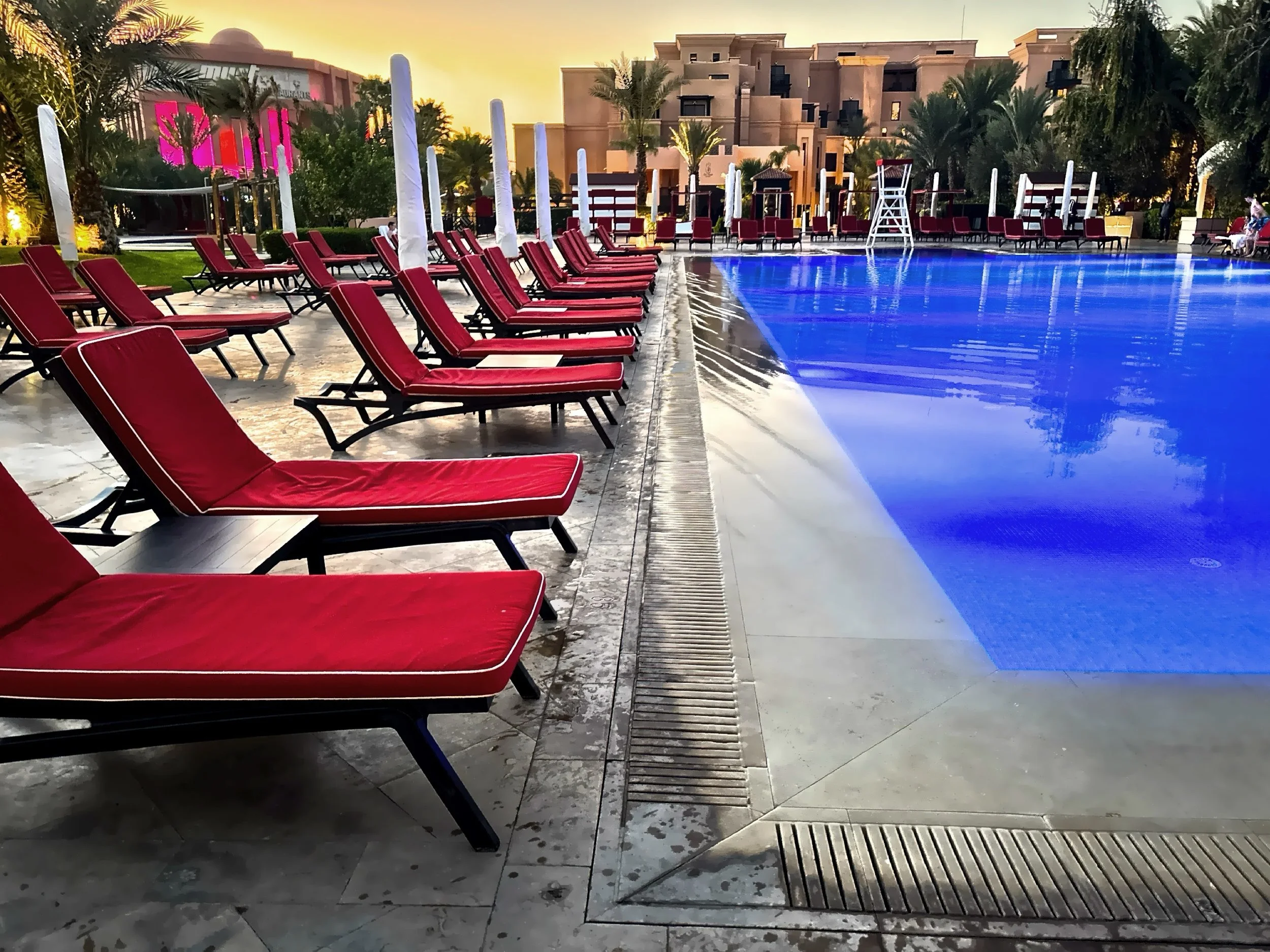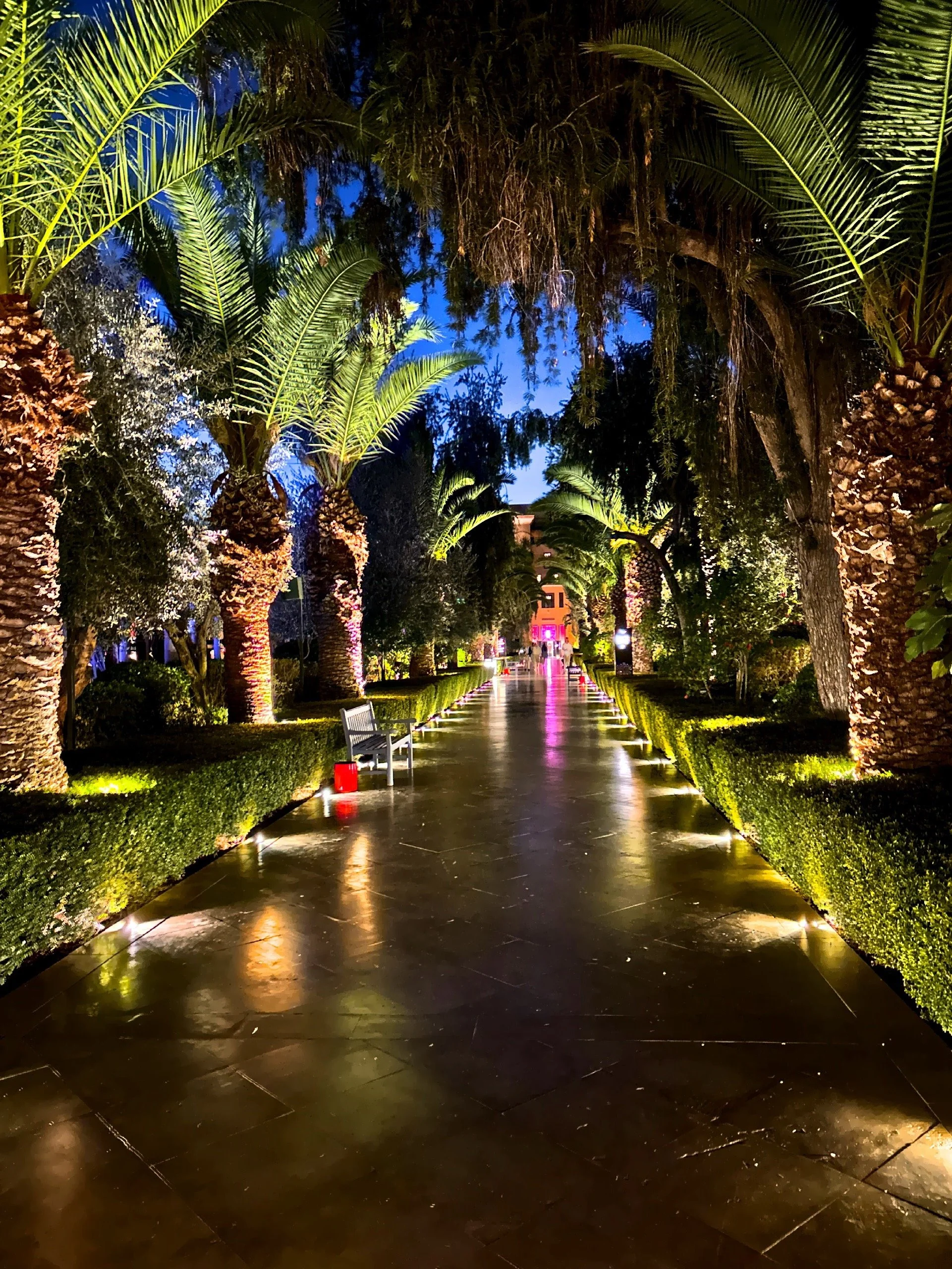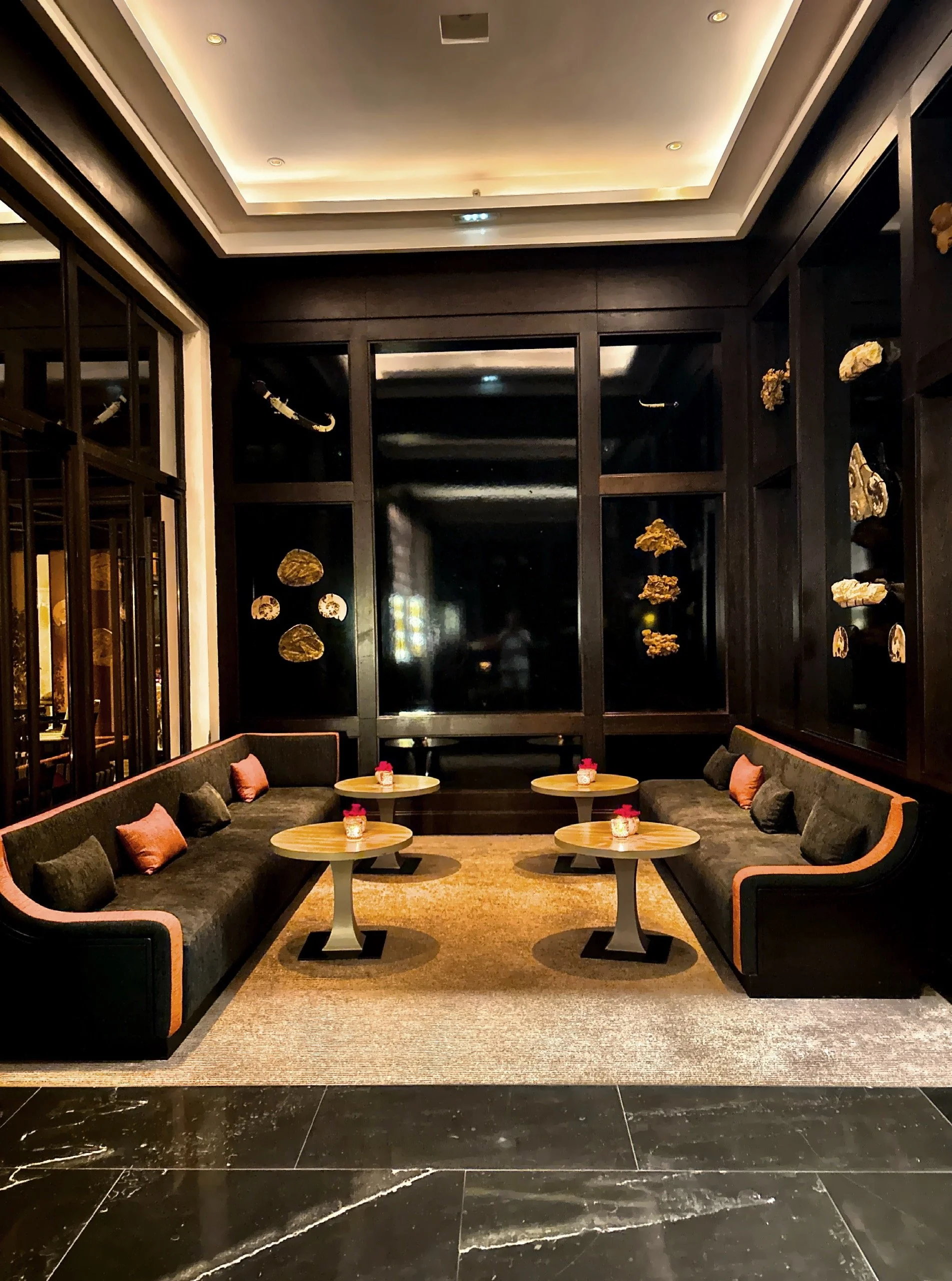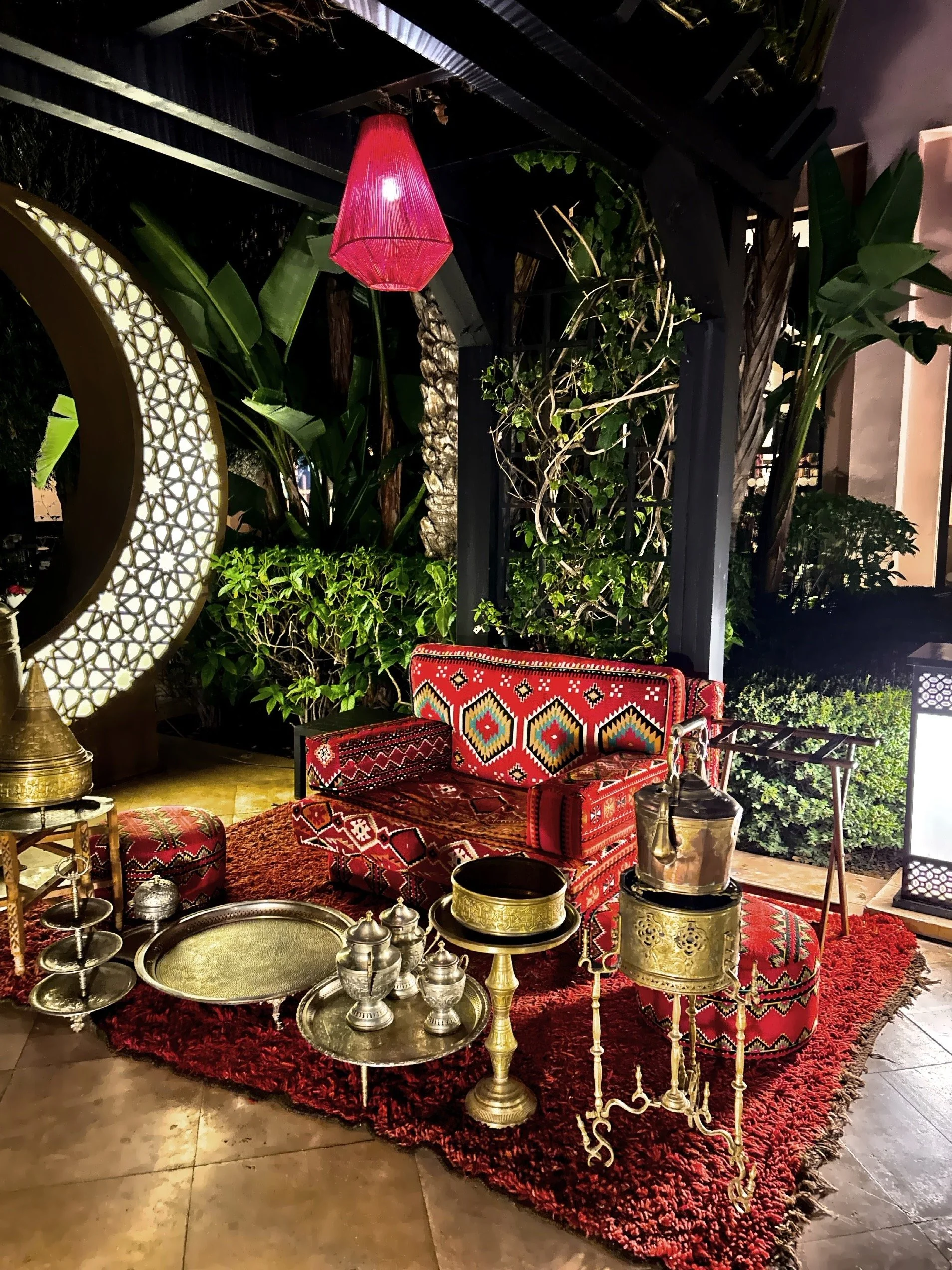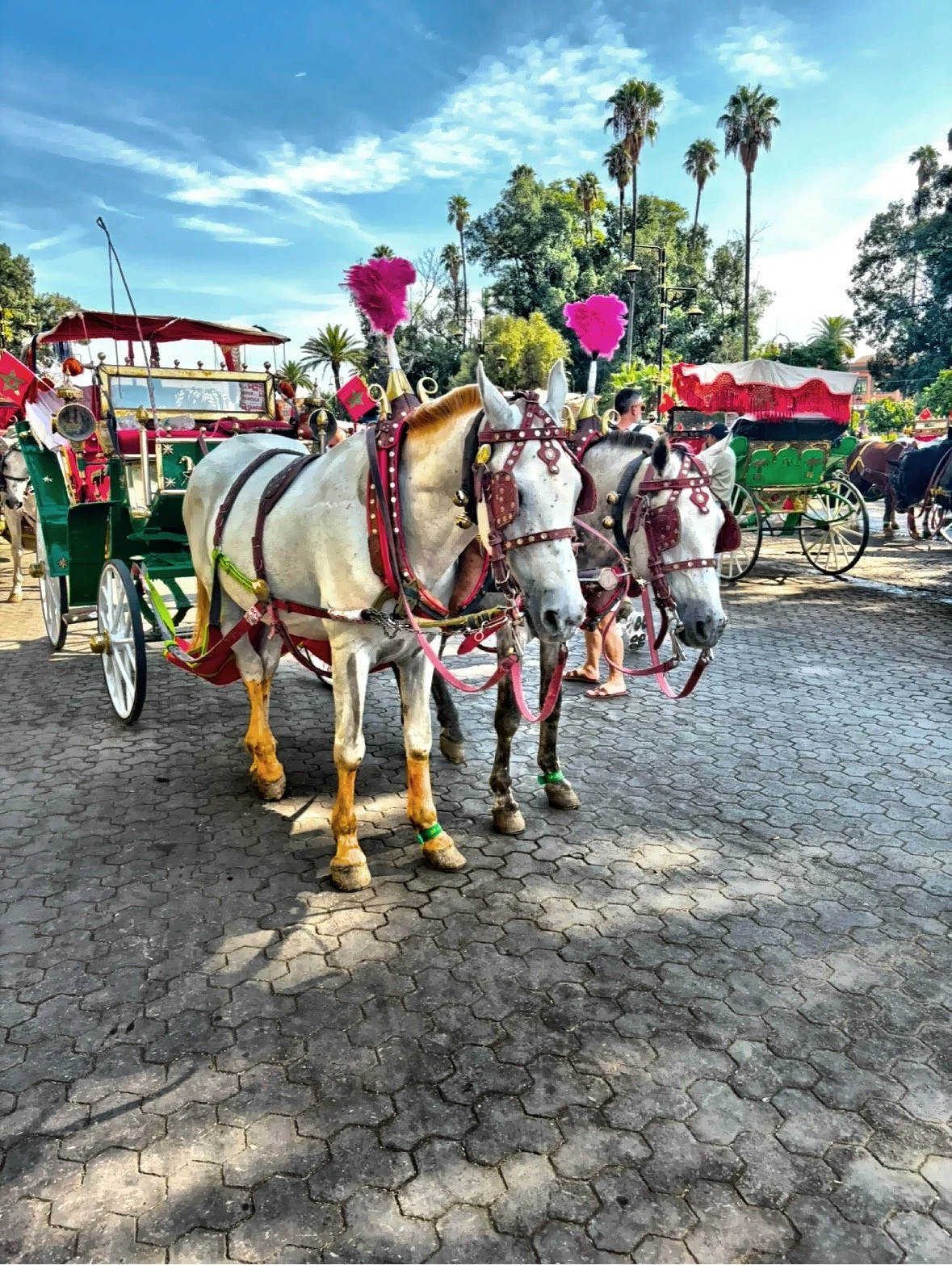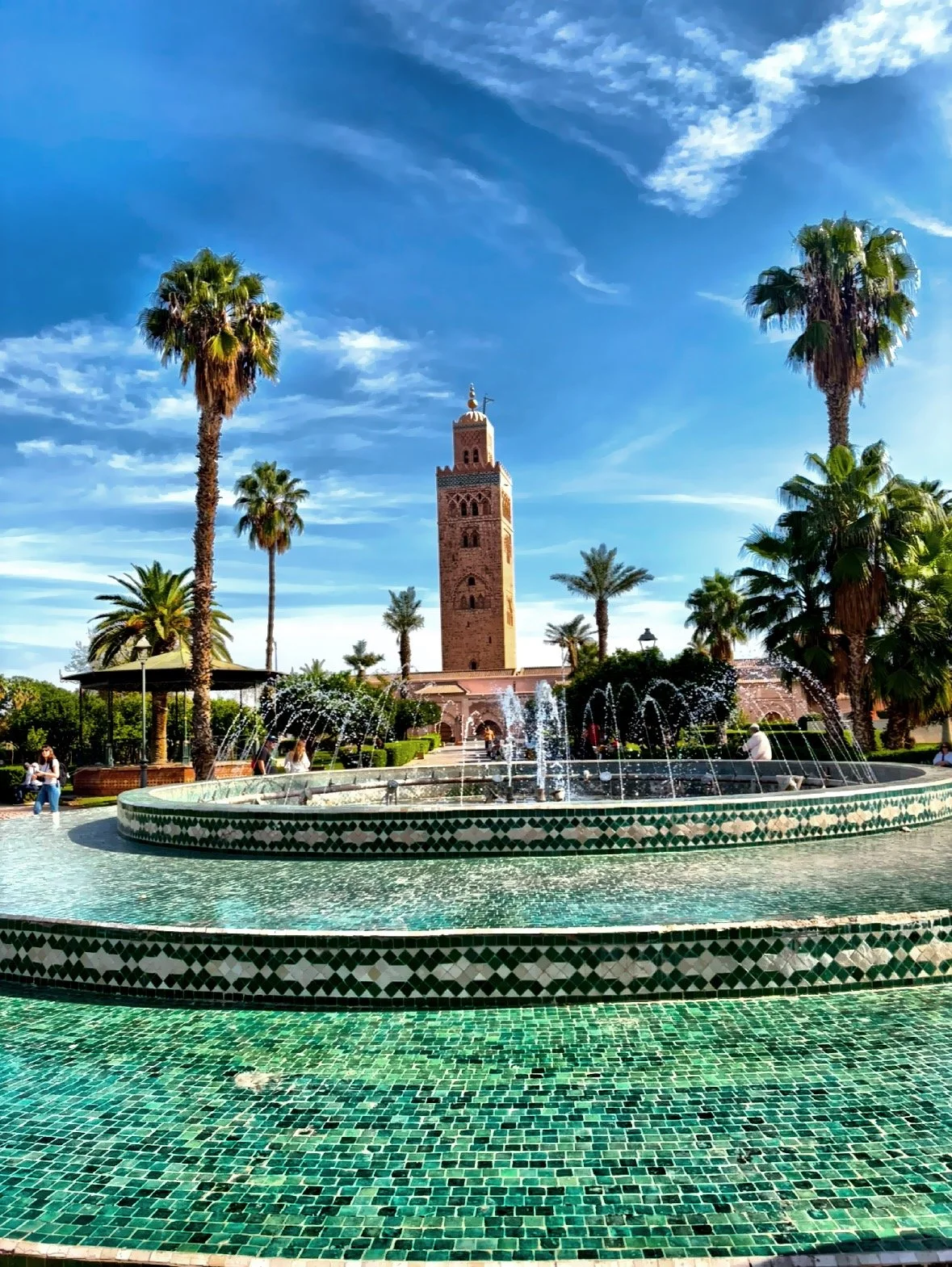The Red City - Marrakech, Morocco
Marrakech was founded around 1070 and the walls of the city were constructed and the city grew rapidly and established itself as a cultural, religious, and trading center. Marrakech is the fourth-largest city in Morocco and is known as the "Red City" because of the red color of its buildings and walls, which are made from clay that contains a high concentration of iron oxide, or rust. Even today, the city's government requires new buildings to incorporate red elements into all their designs.
Marrakech is known for its beautiful palaces, gardens, and museums, as well as its bustling markets (called souks) and traditional bath houses (hammams). Two of the main attractions in Marrakech are the Bahia Palace & Garden, a beautiful palace built in the late 19th century, and Jardin Majorelle, which are both open to the public. Marrakech is one of the four imperial cities of Morocco, located west of the Atlas Mountains' foothills. The other imperial cities, which once served as capitals, include Fes, Meknes, and Rabat.
This is what caught my eye; I hope you enjoy!
Do you like the images posted?
Click here to explore the shop.
What you should know:
Crossing a street can be very challenging in all of Morocco.
The currency used is the Moroccan Dirham.
Morocco is a budget-friendly destination.
Tipping is not generally expected, but feel free to leave extra when you receive exceptional service.
You will need a valid passport and a travel power adapter if you are from the United States.
There is a Moroccan tradition of drinking mint tea, often served in pretty glasses.
There are quite a few restaurants and entertainment options.
Restrooms are available in some shops and restaurants.
Many public bathrooms in Morocco will ask for a few dirhams to use it.
You could spend anywhere from a couple of hours to a couple days exploring here.
Throughout Morocco, bargaining is a common practice. Always bargain for the best price.
Alcohol is not served in all restaurants or hotels.
The primary languages spoken in Marrakech are Arabic, Berber, and French, with some English and Spanish.
The Islamic call to daily prayers can be heard five times a day delivered from a minaret and can be heard across neighborhoods as a reminder. The Moroccan authorities generally do not enforce the act of praying, it is left to the individuals showing the balance between cultural and religious traditions and personal freedom.
For more information: Marrakech, Morocco
If you enjoyed this post, feel free to check out my previous posts by clicking here.

